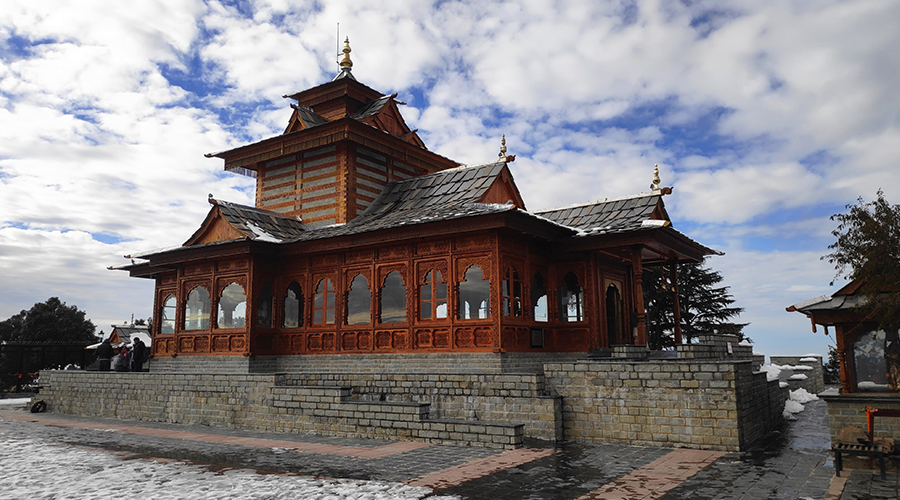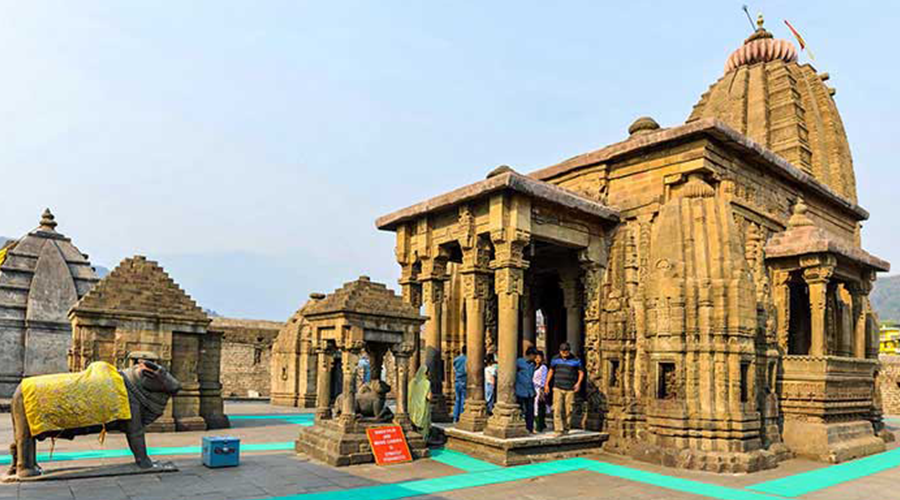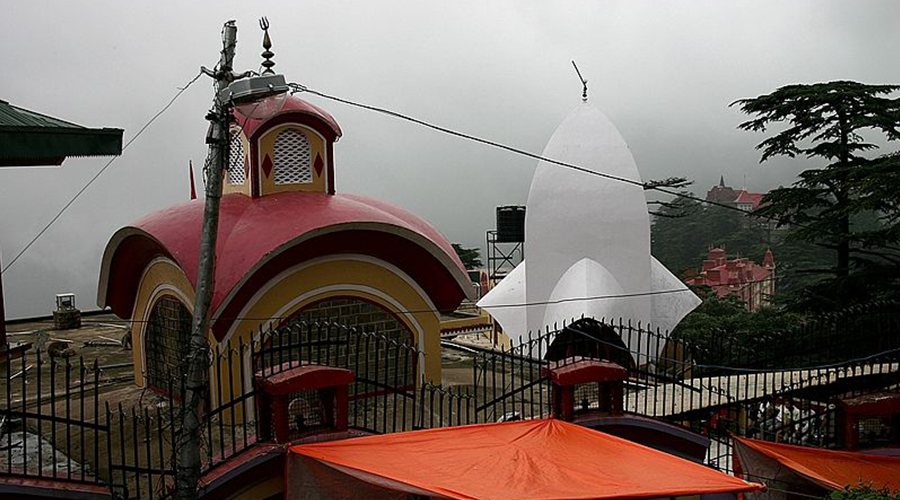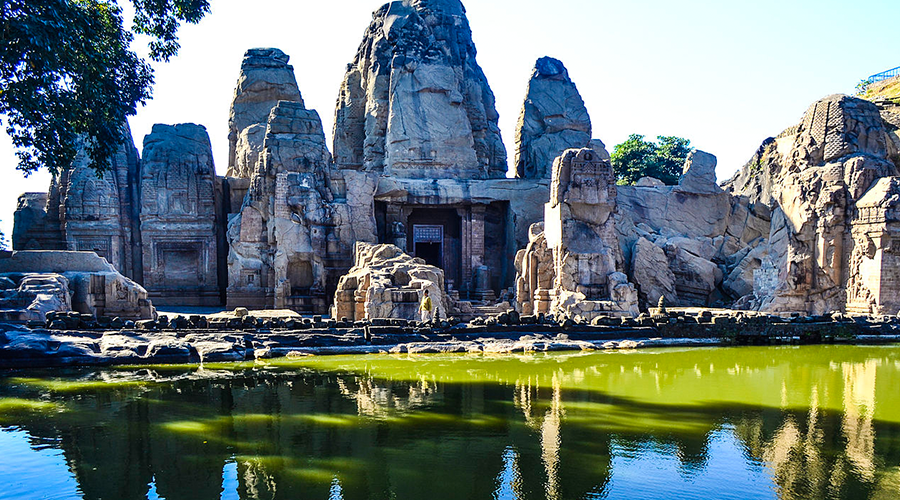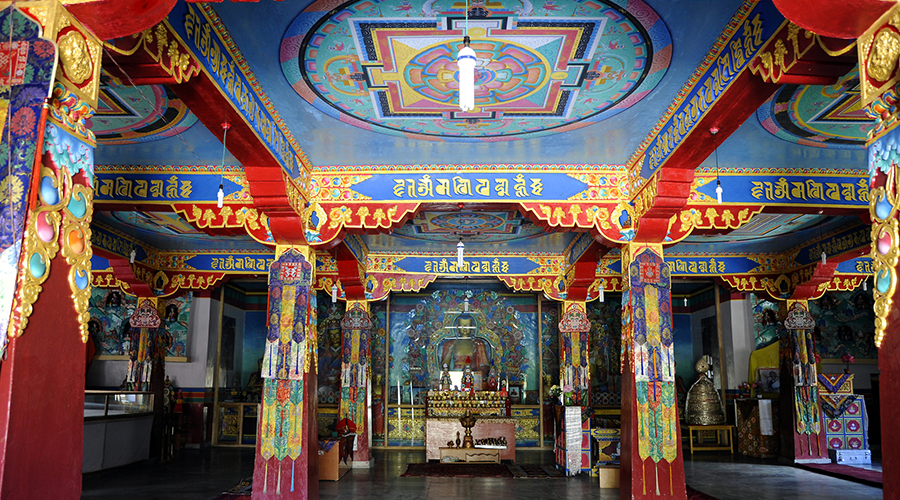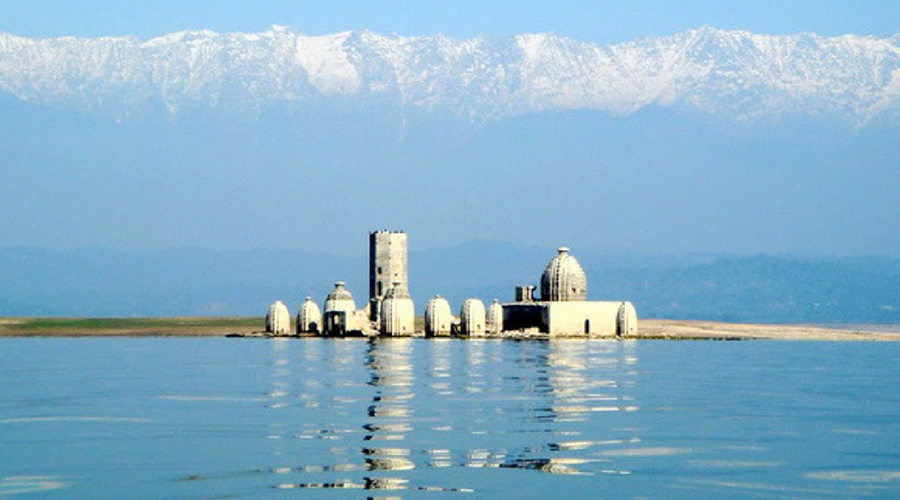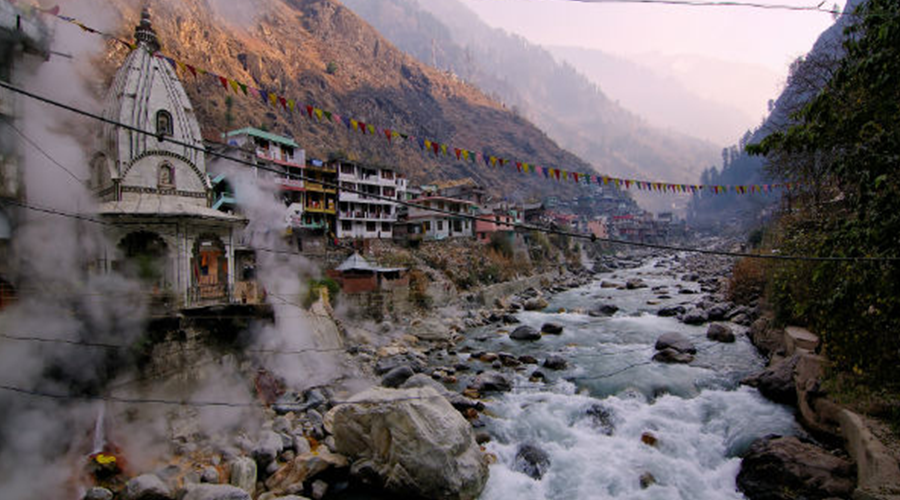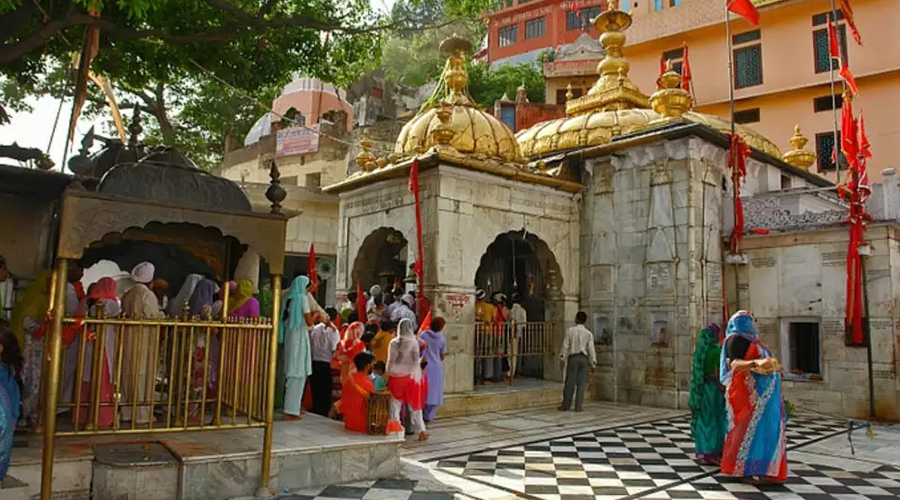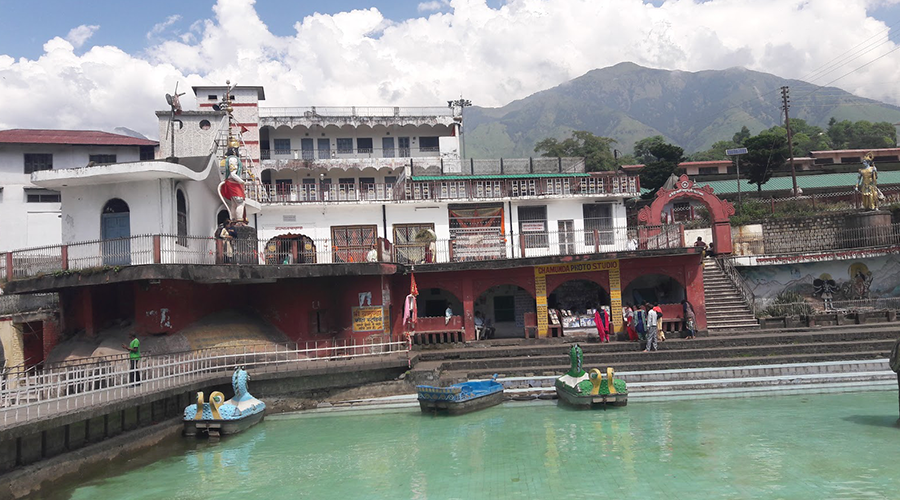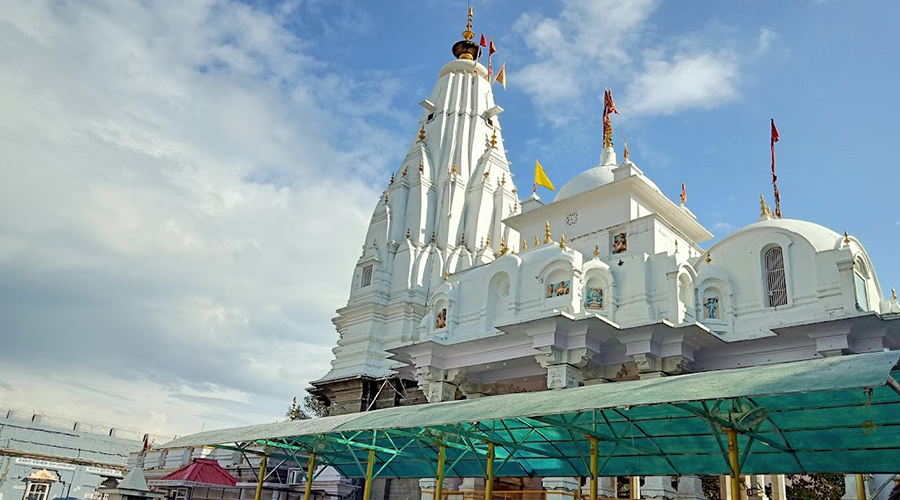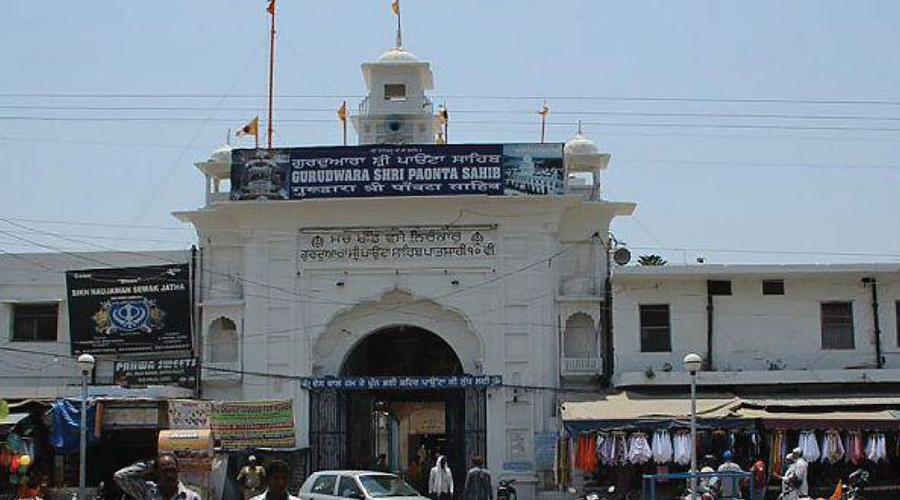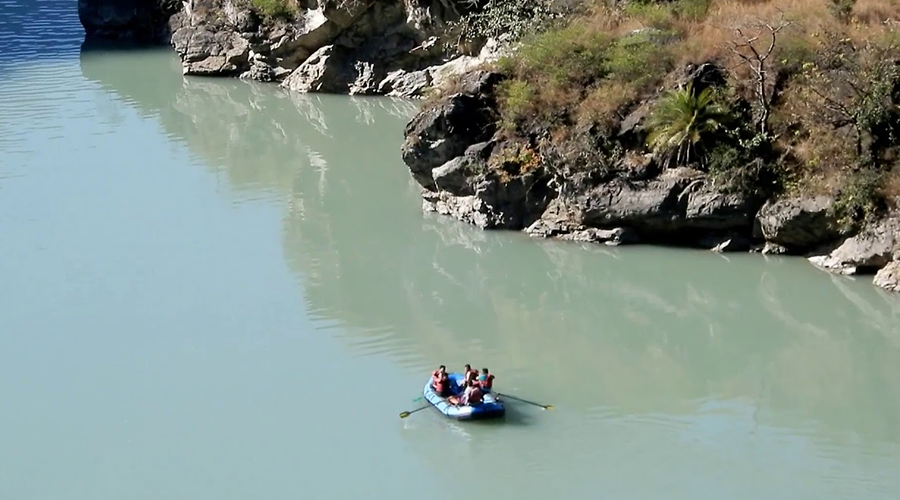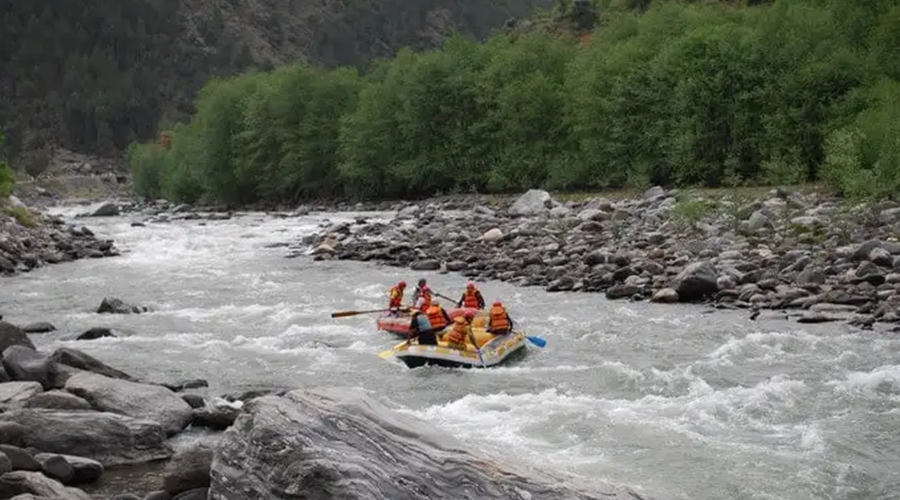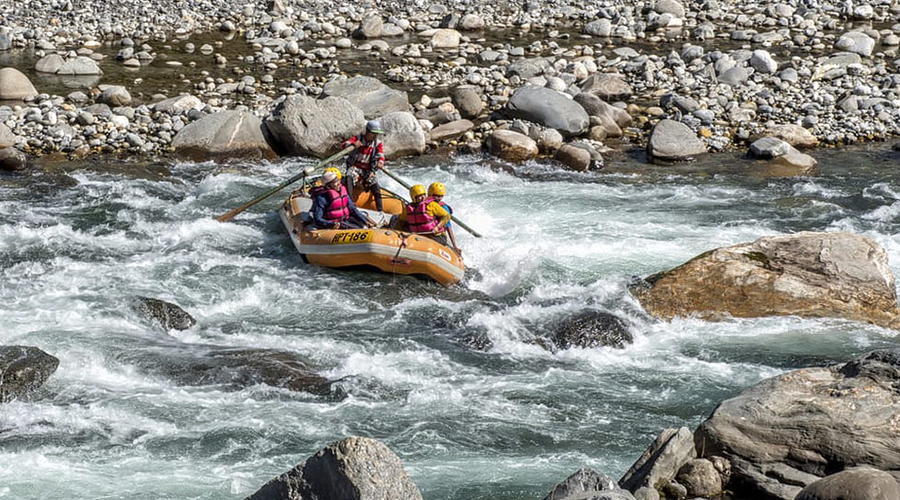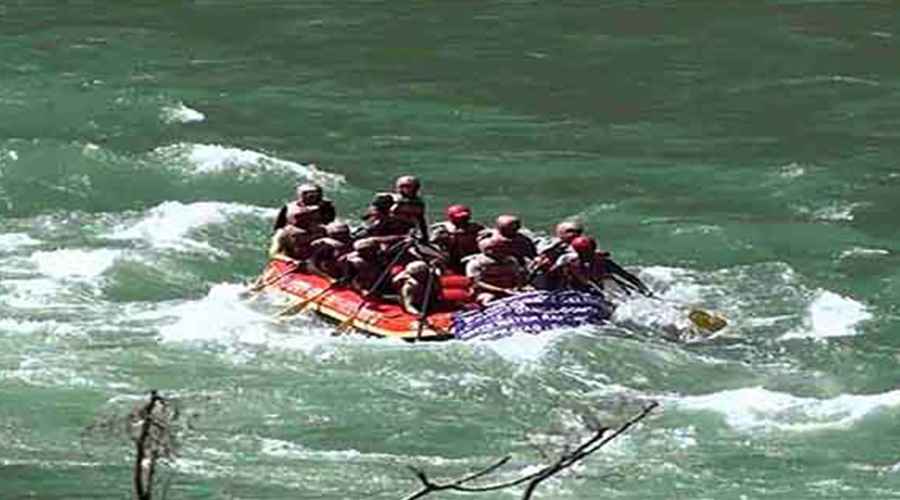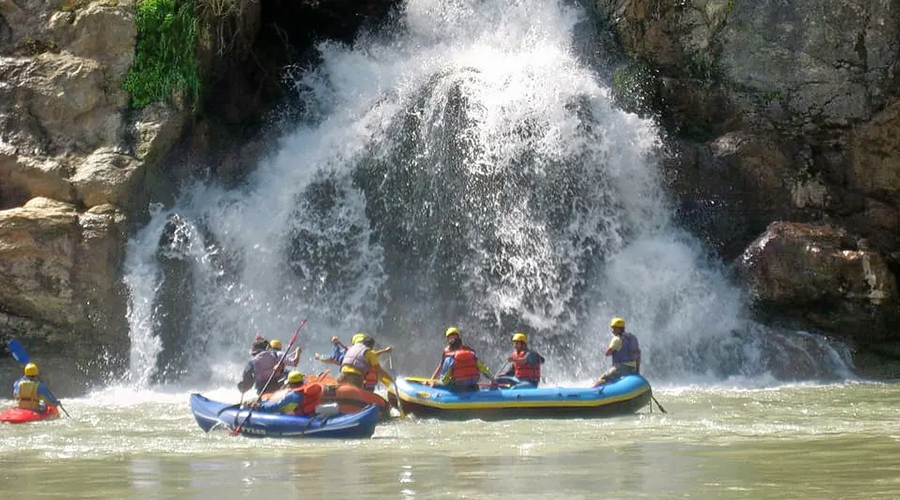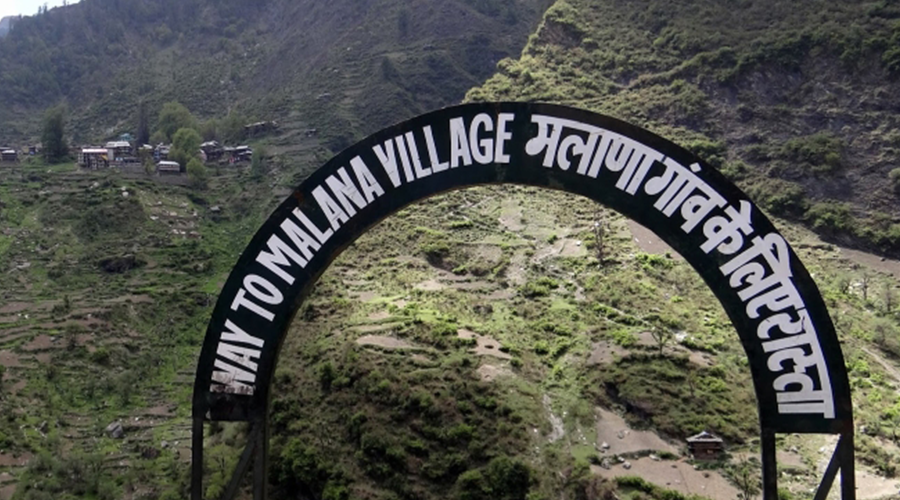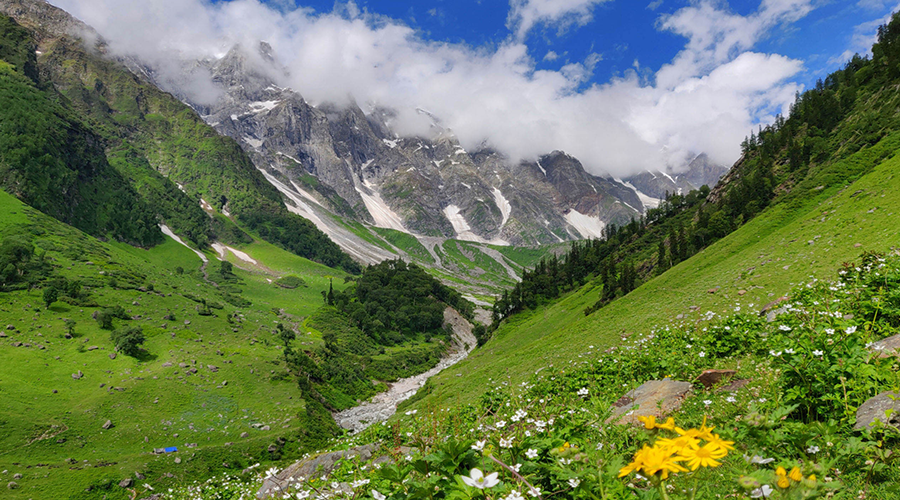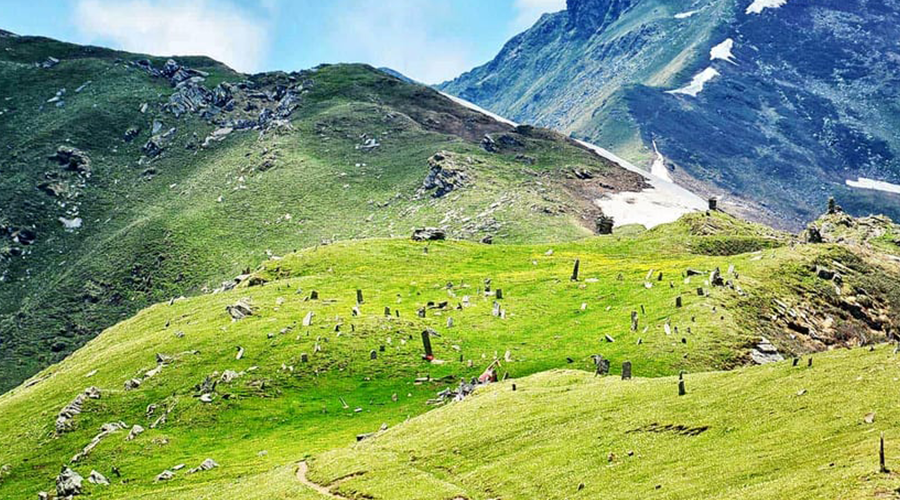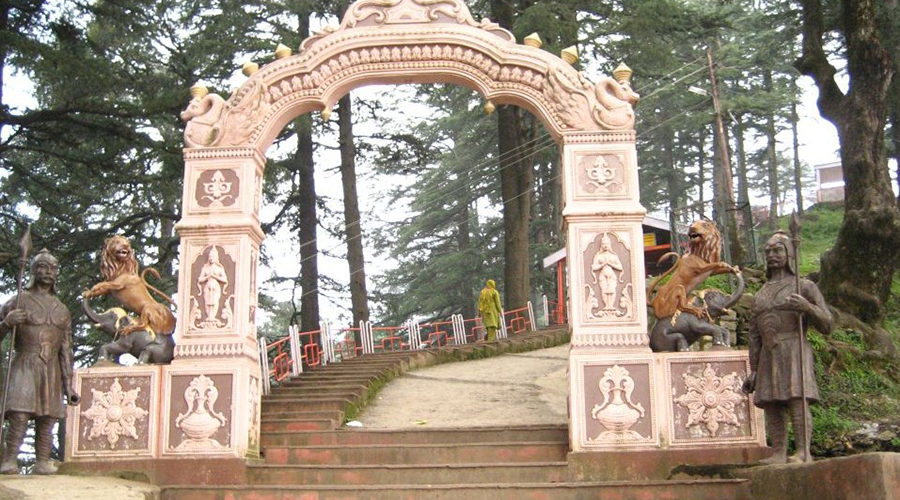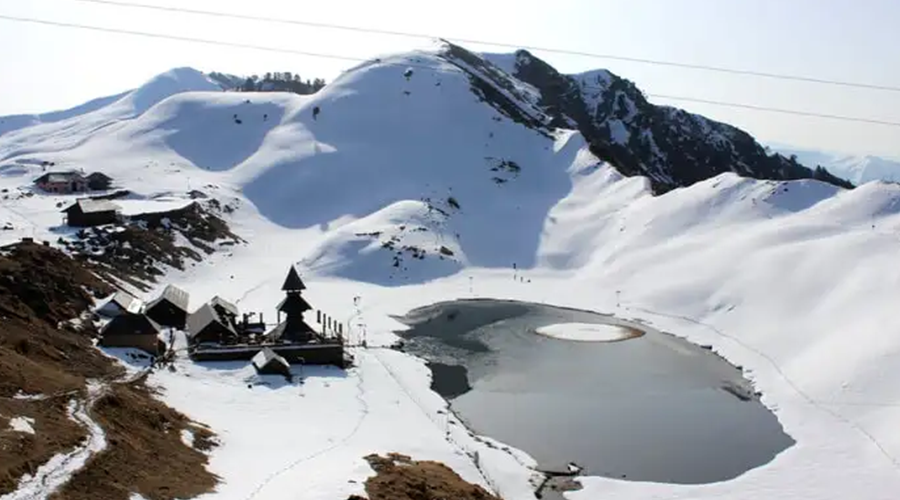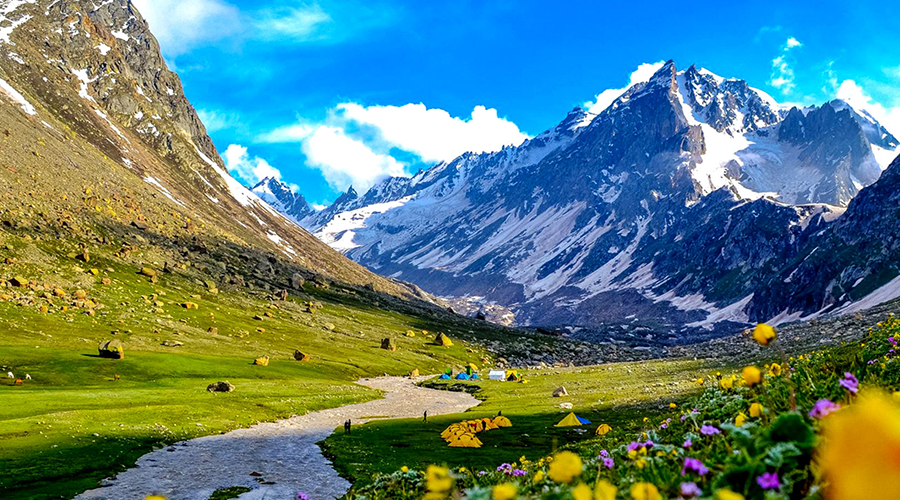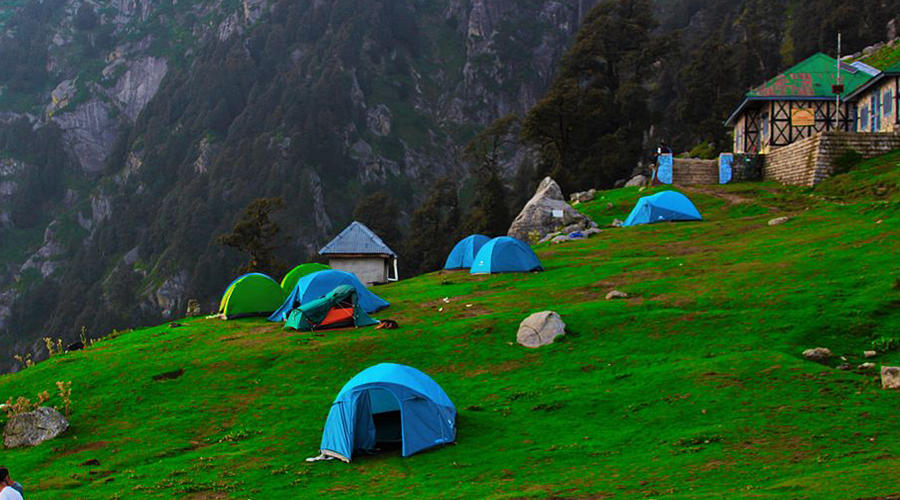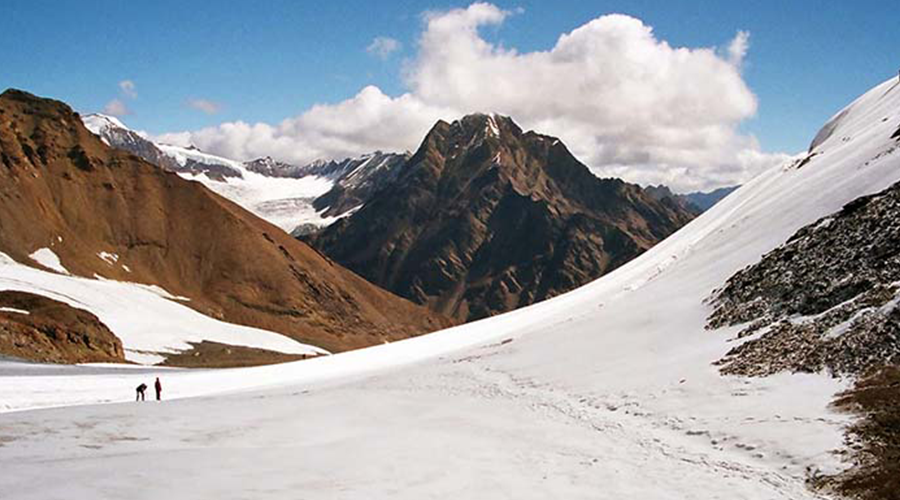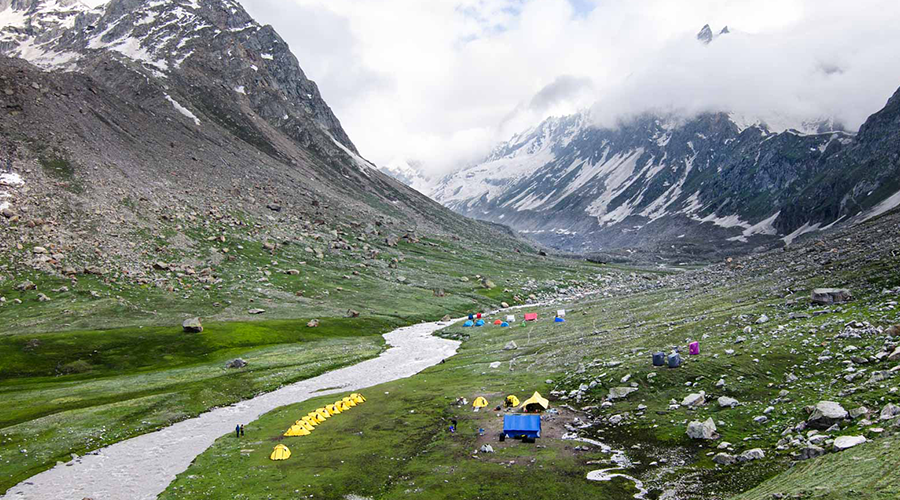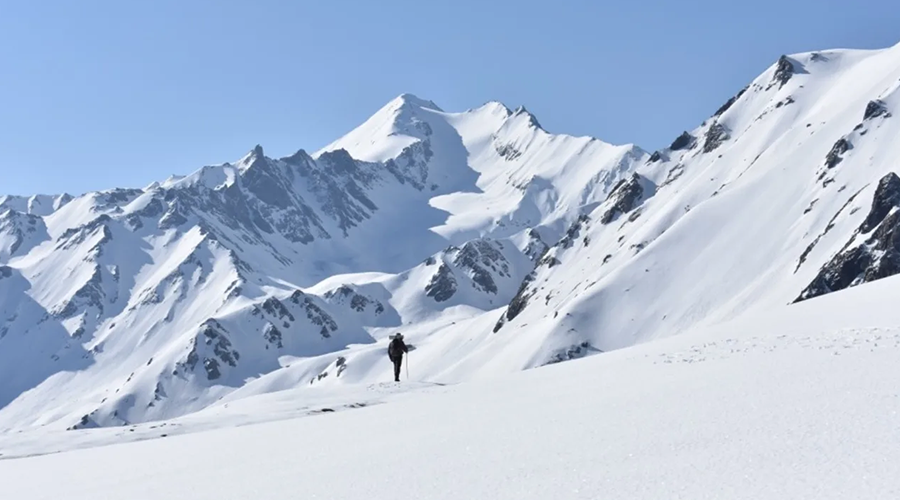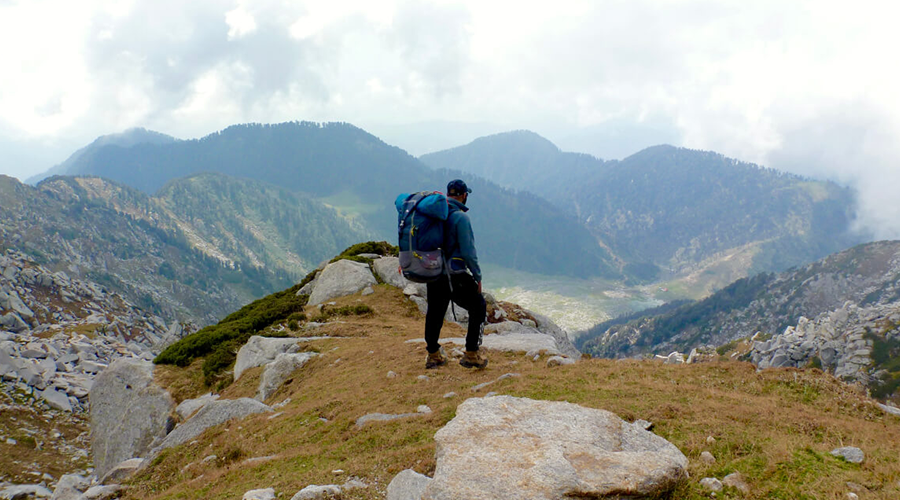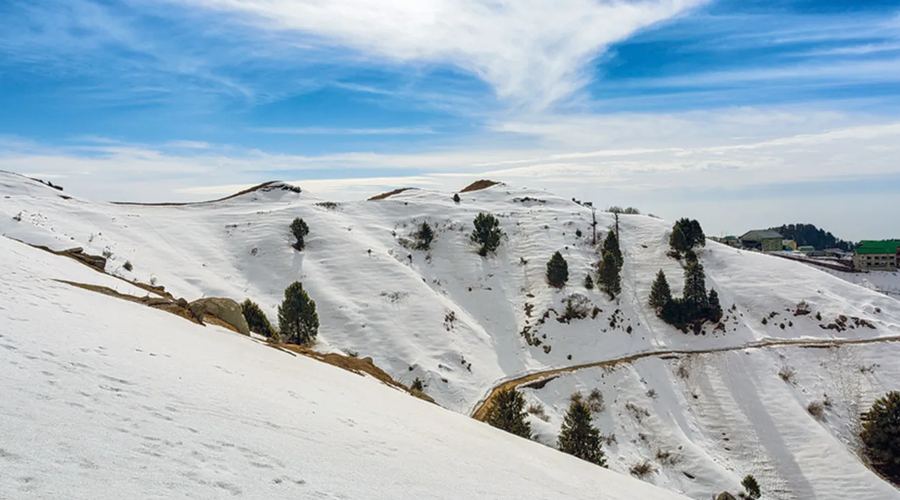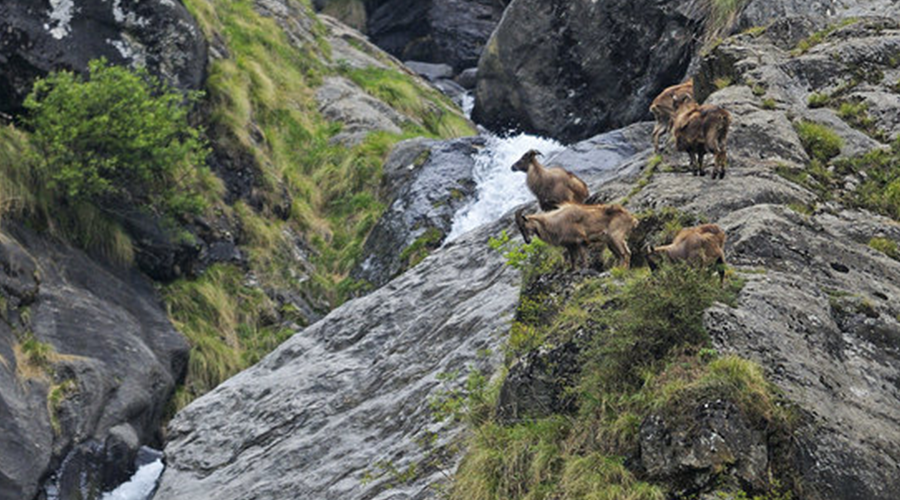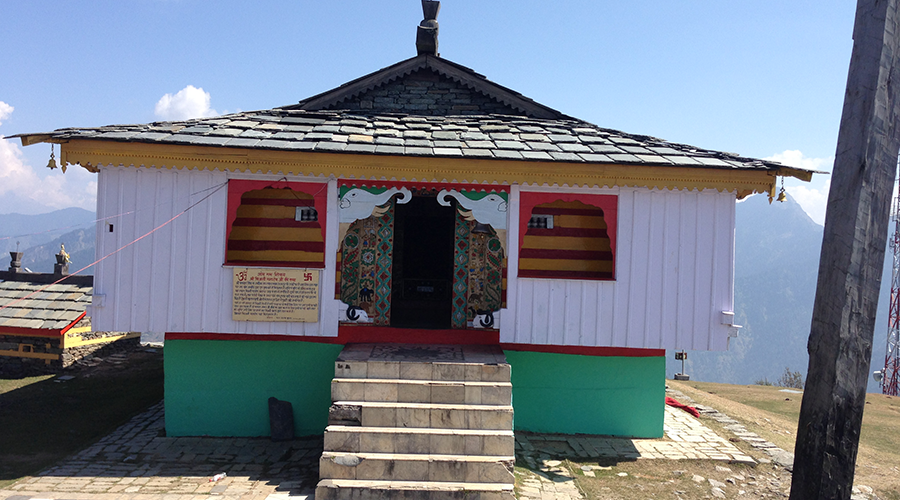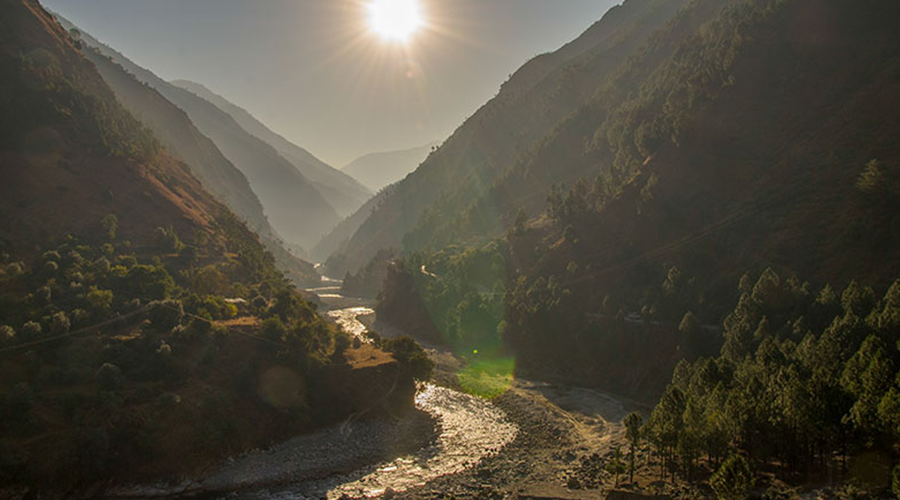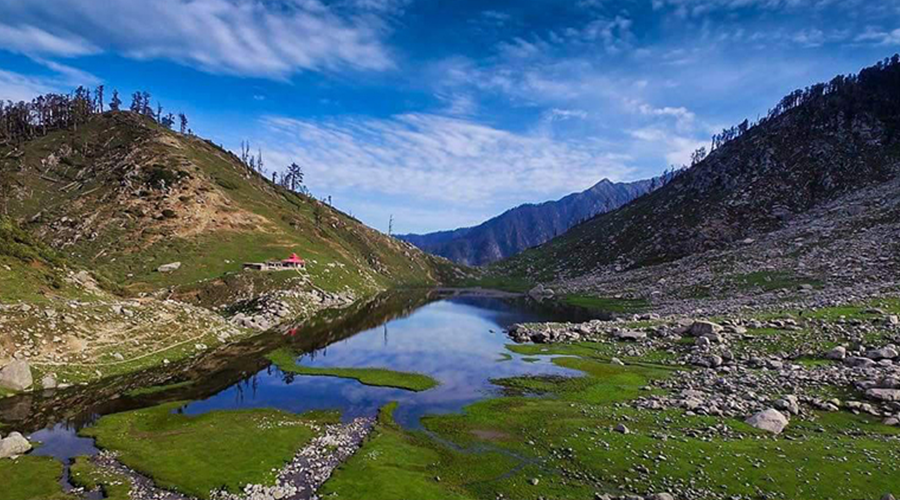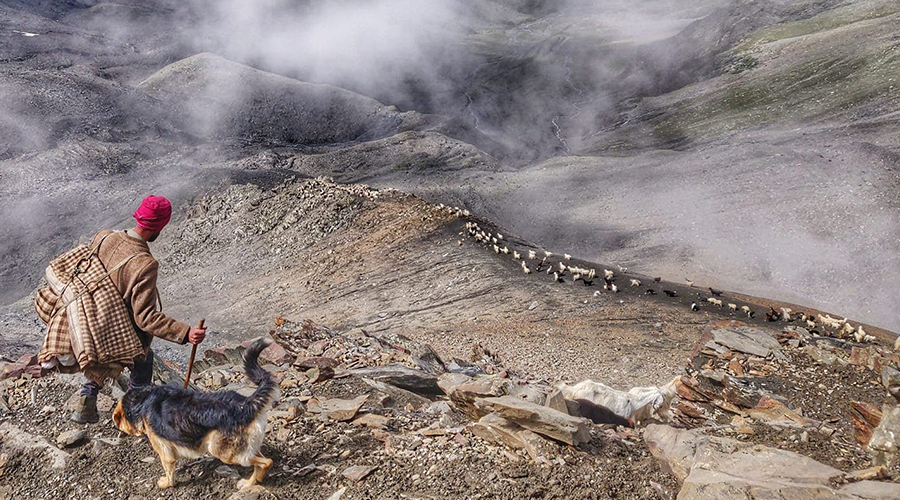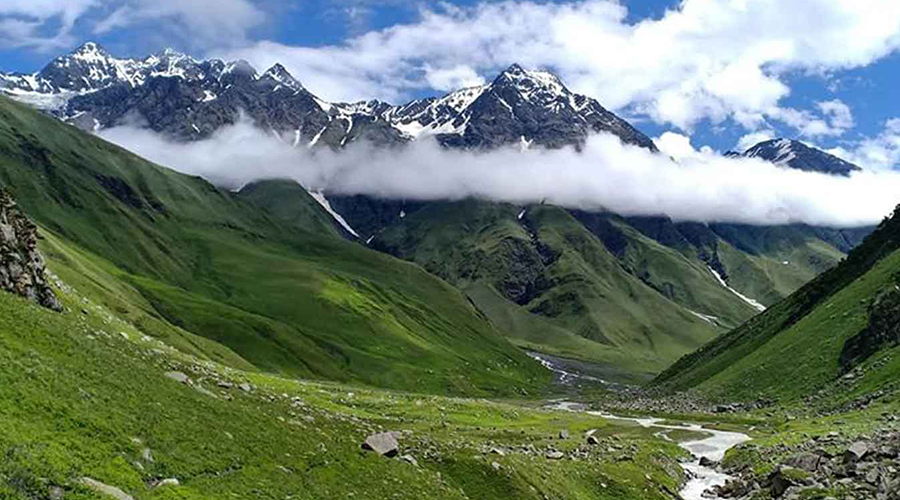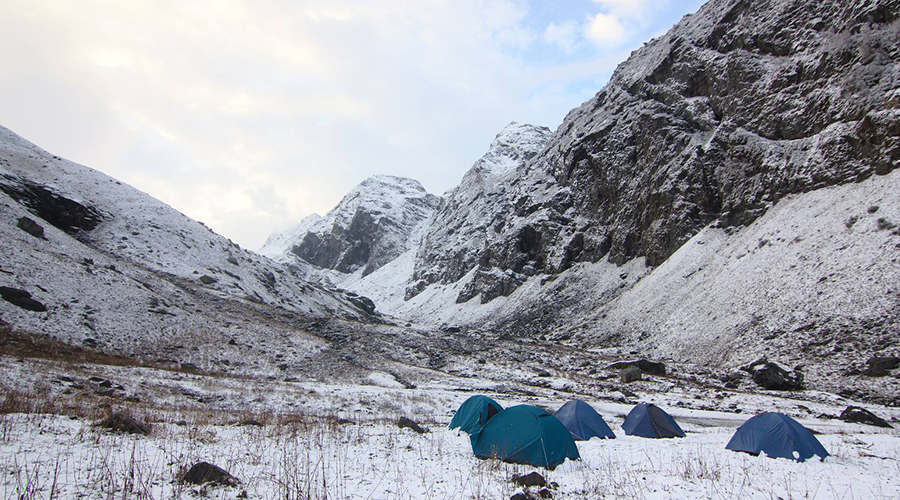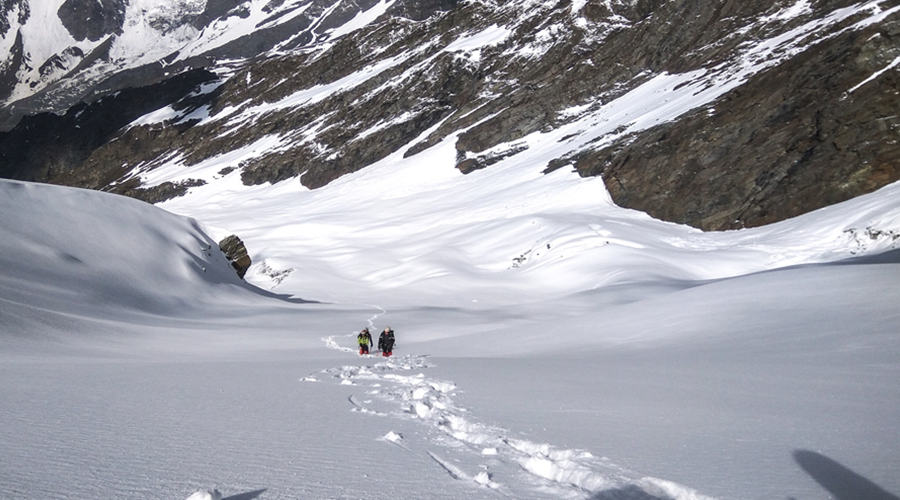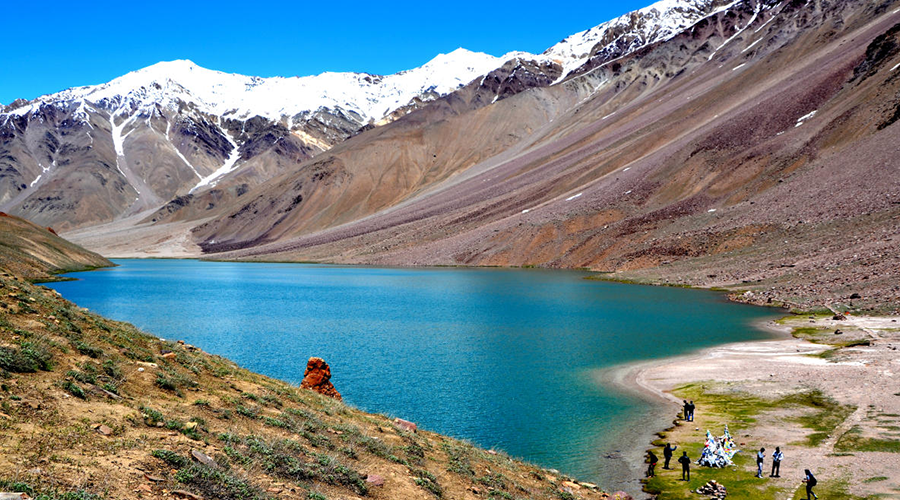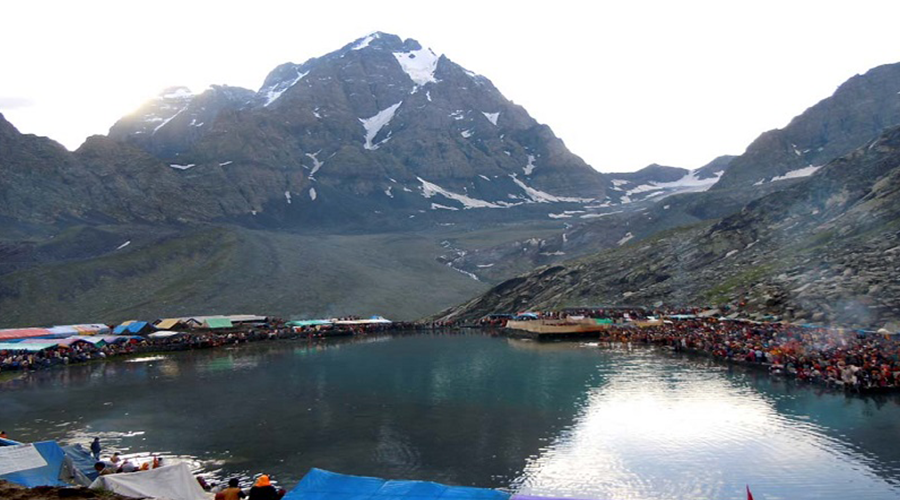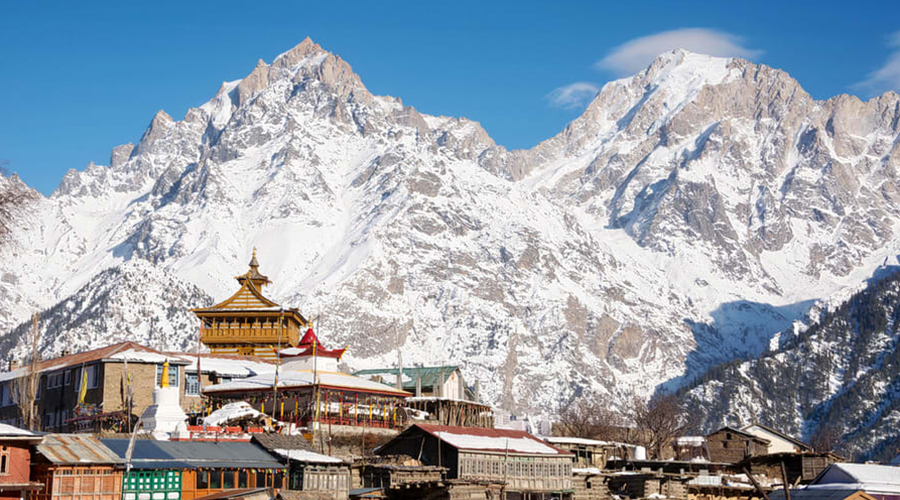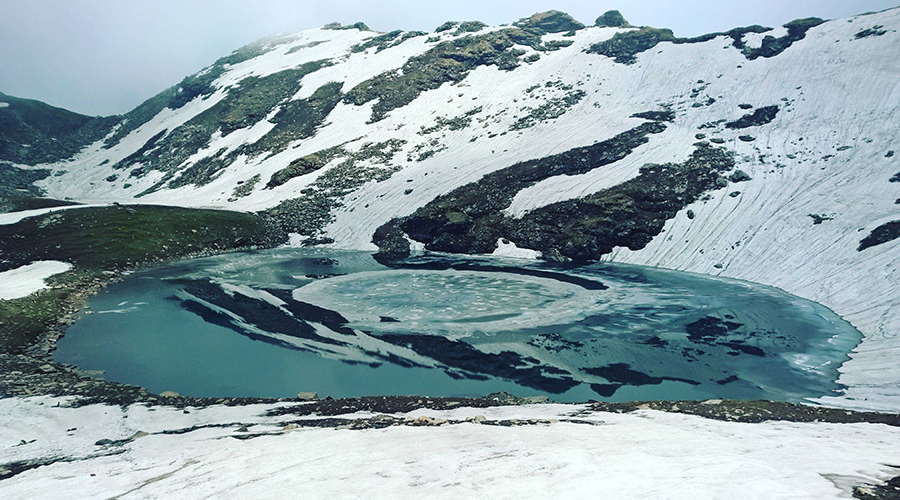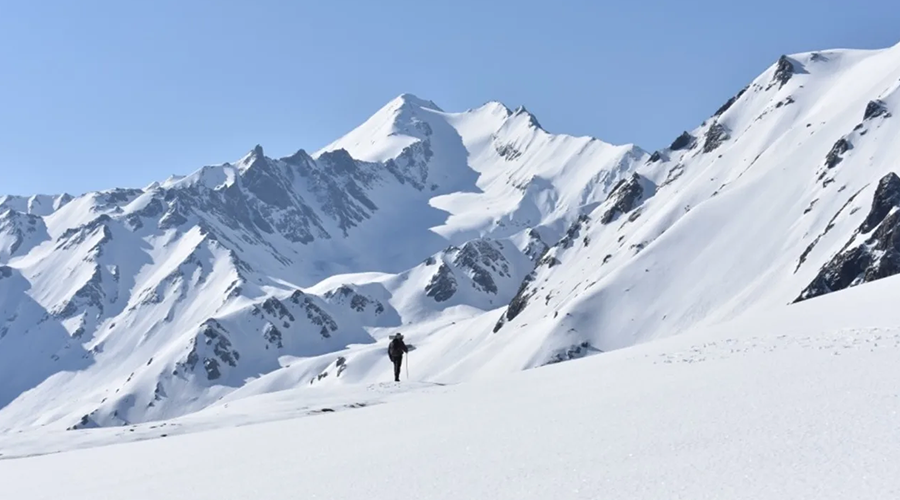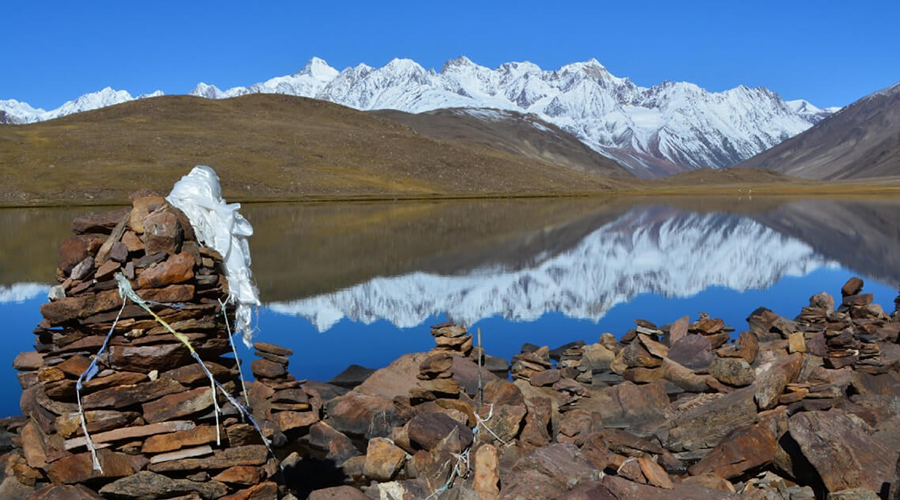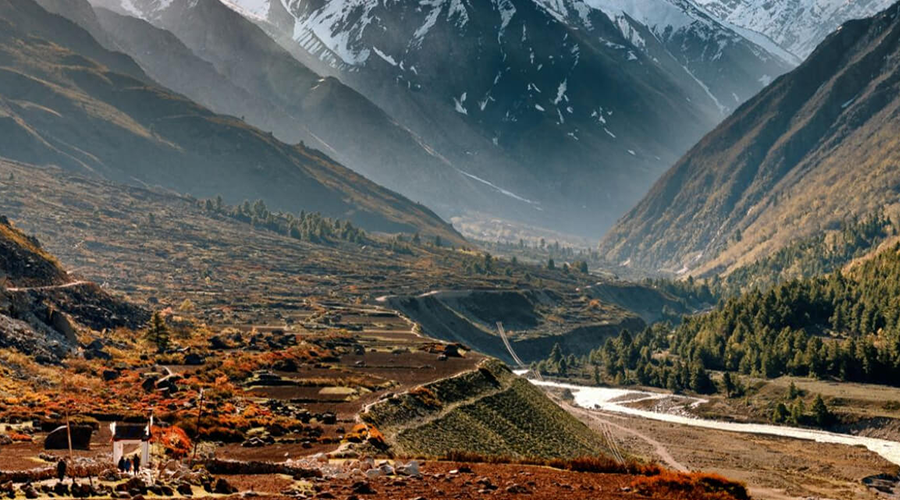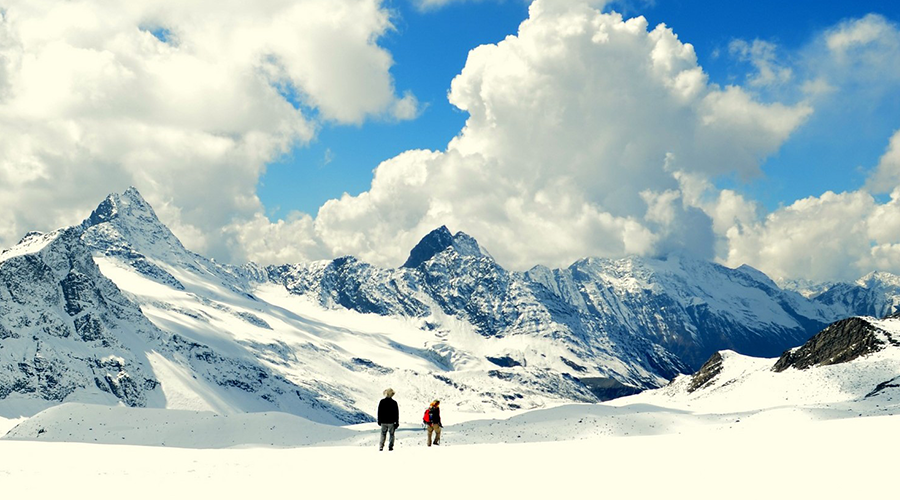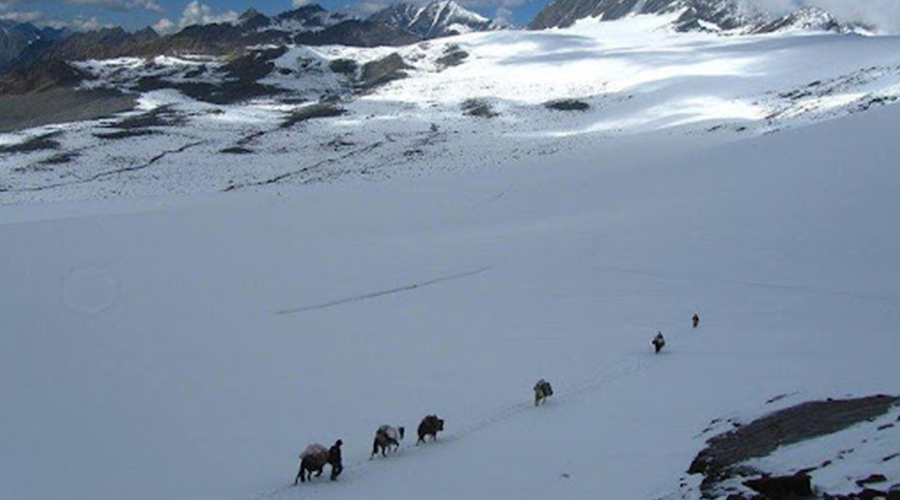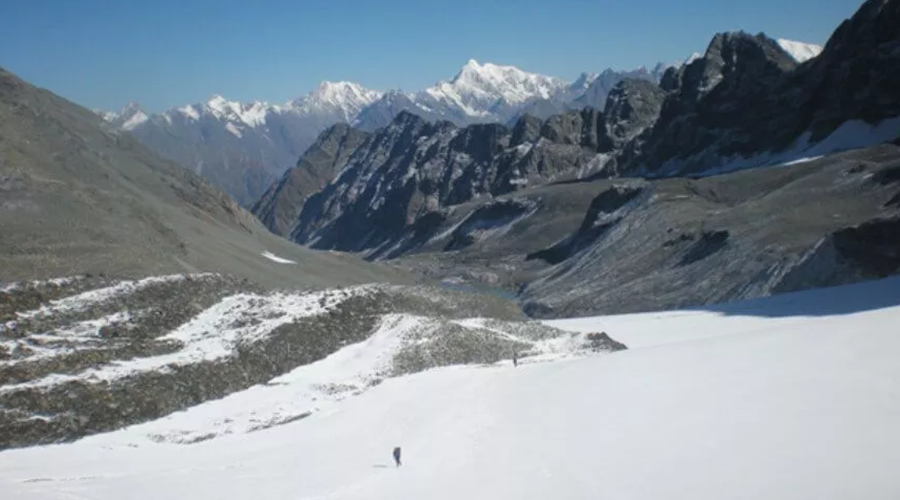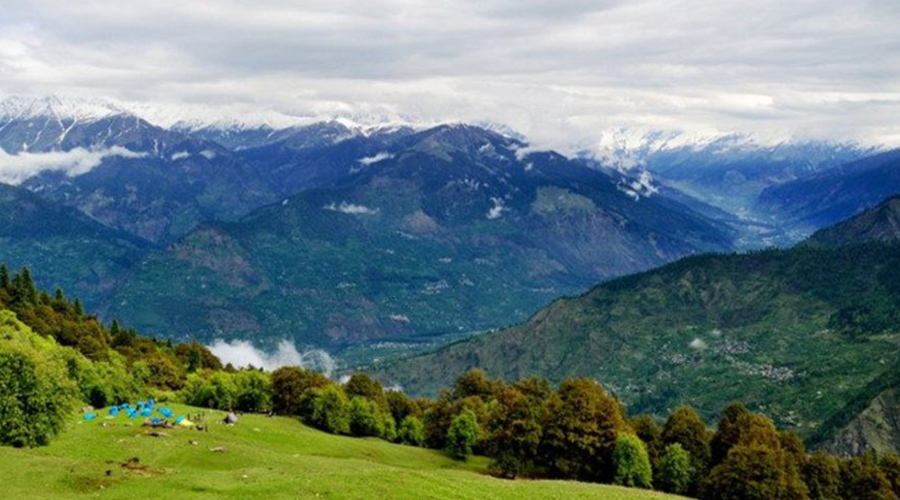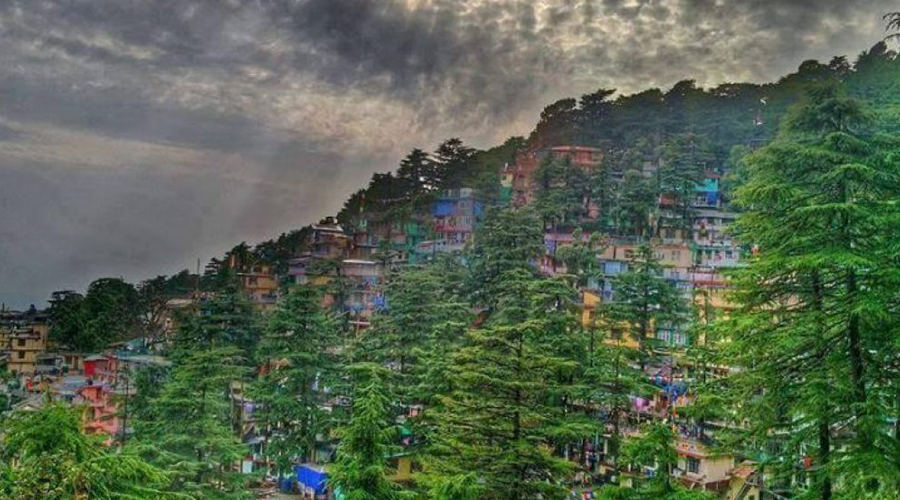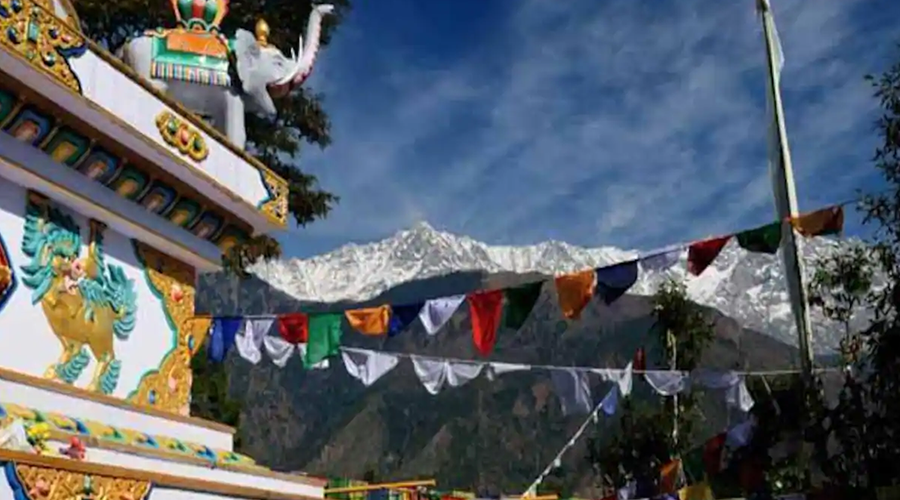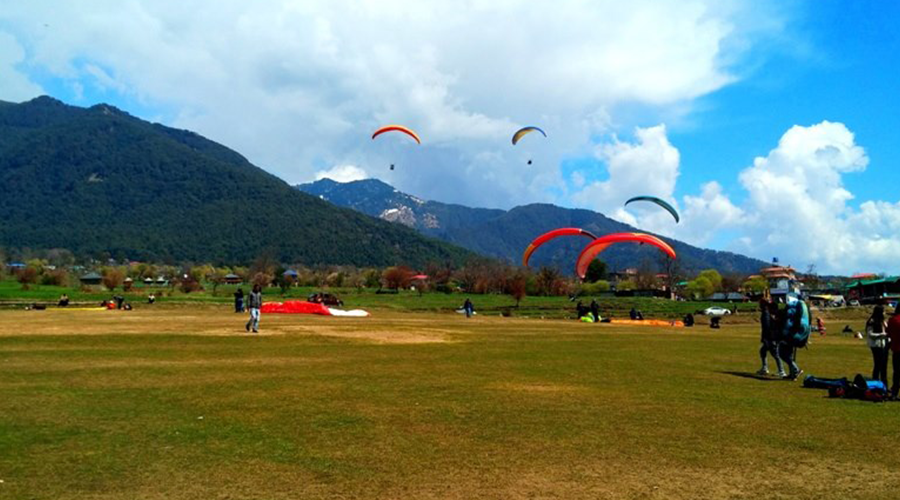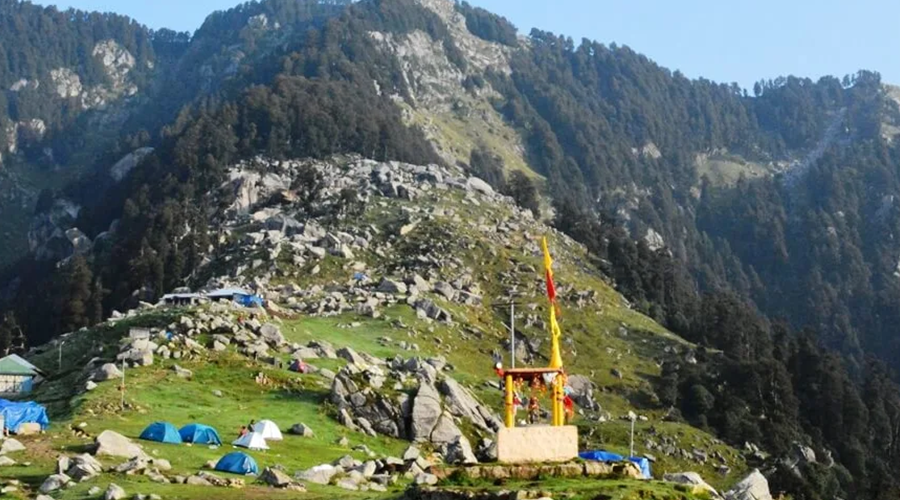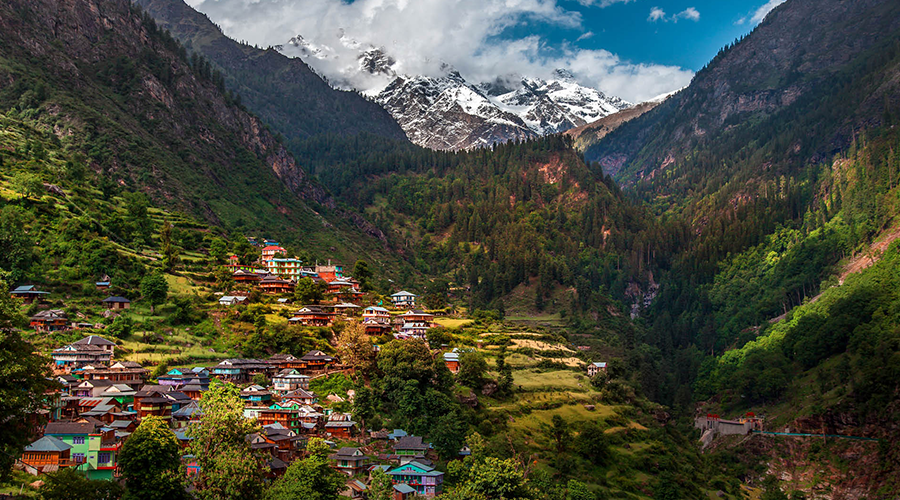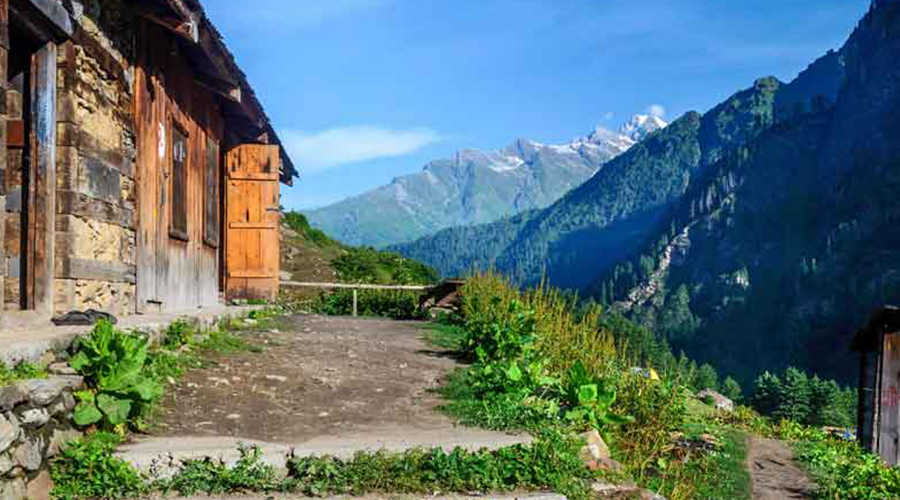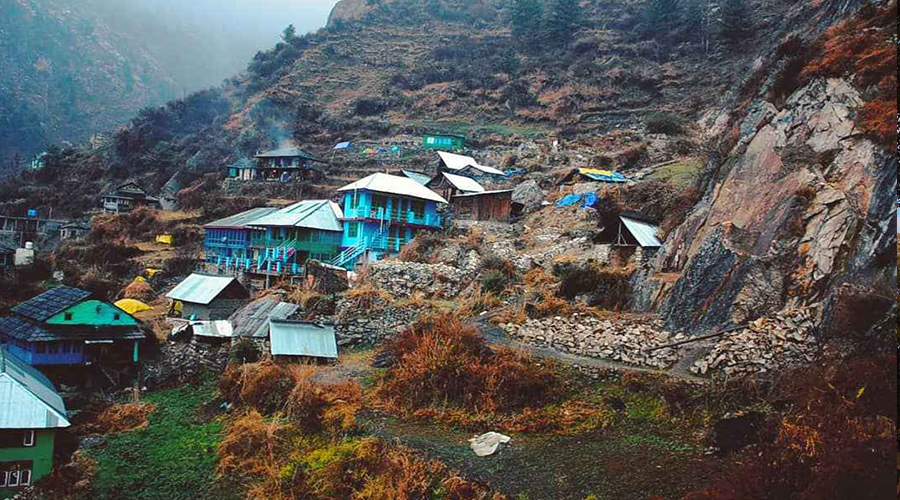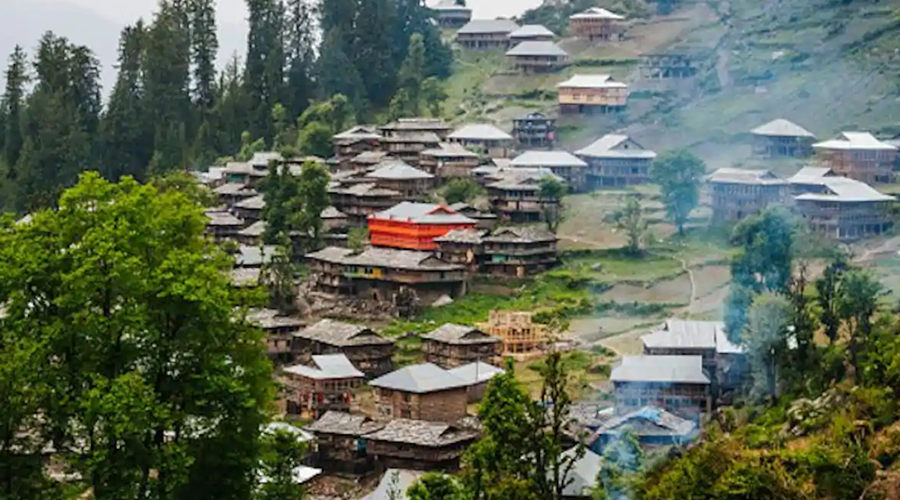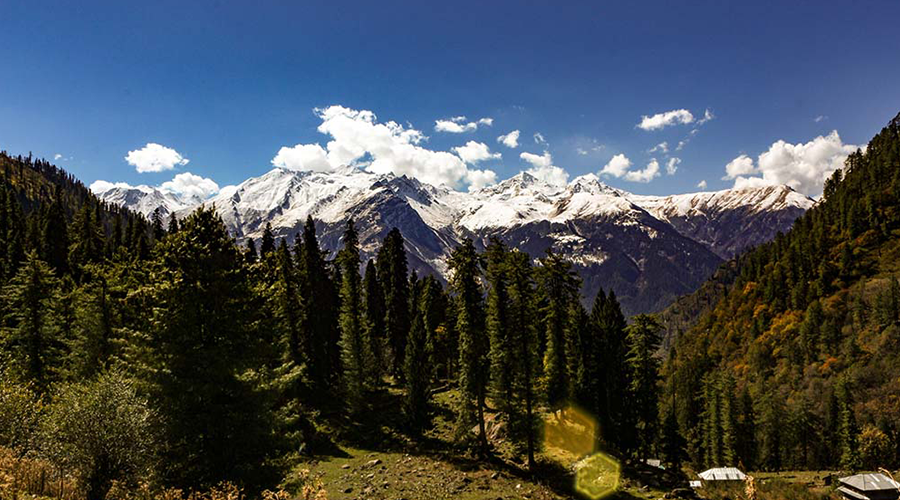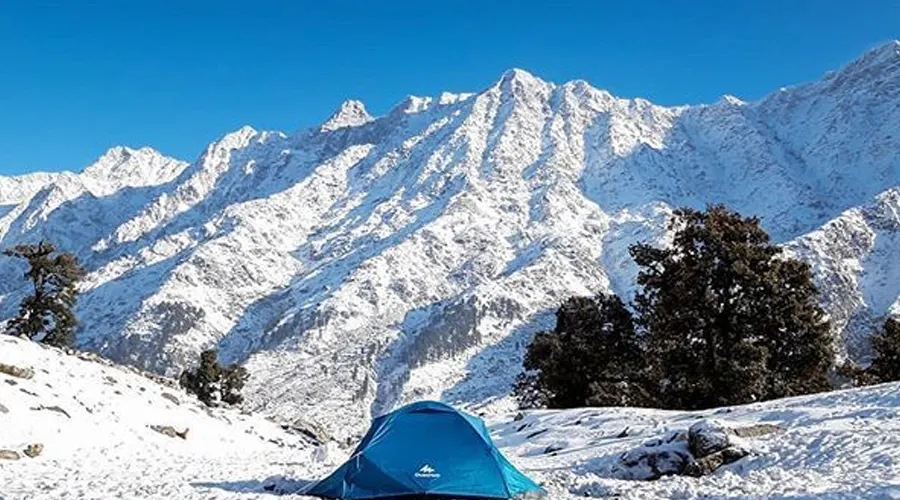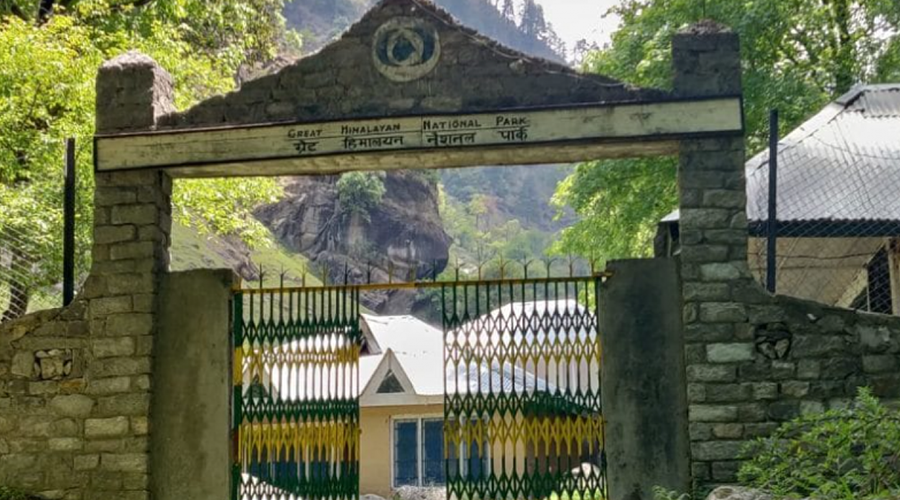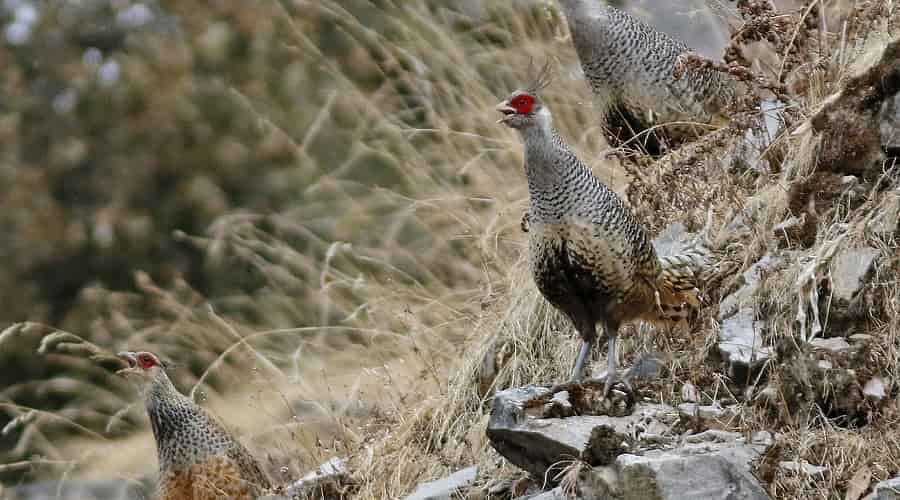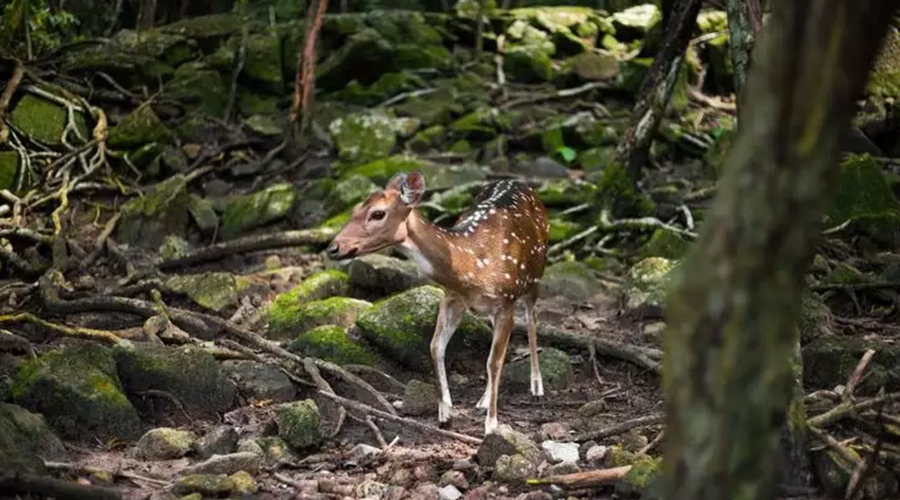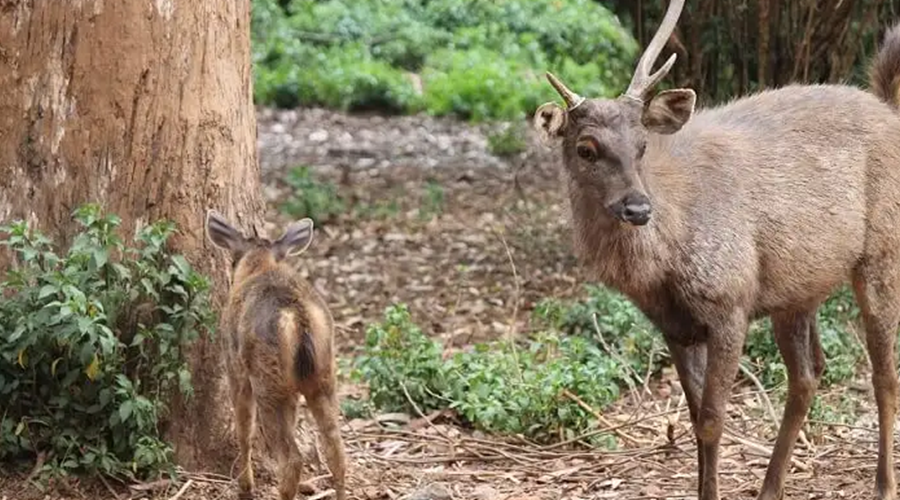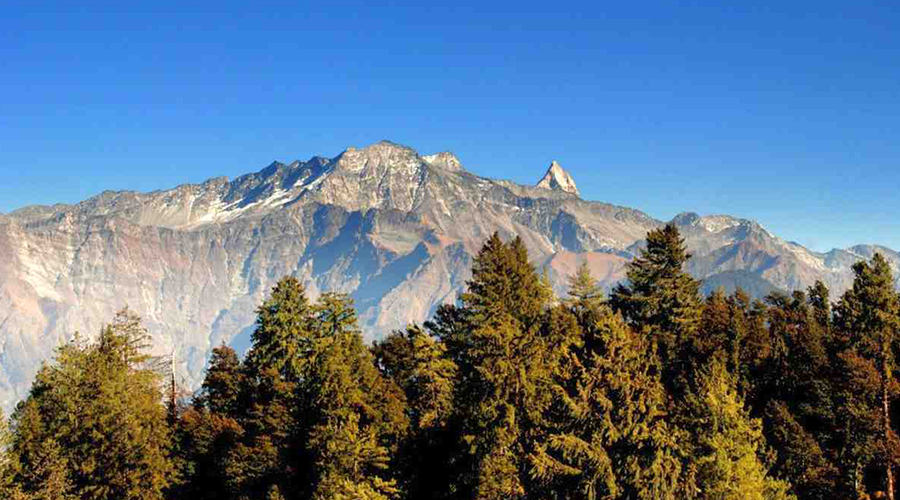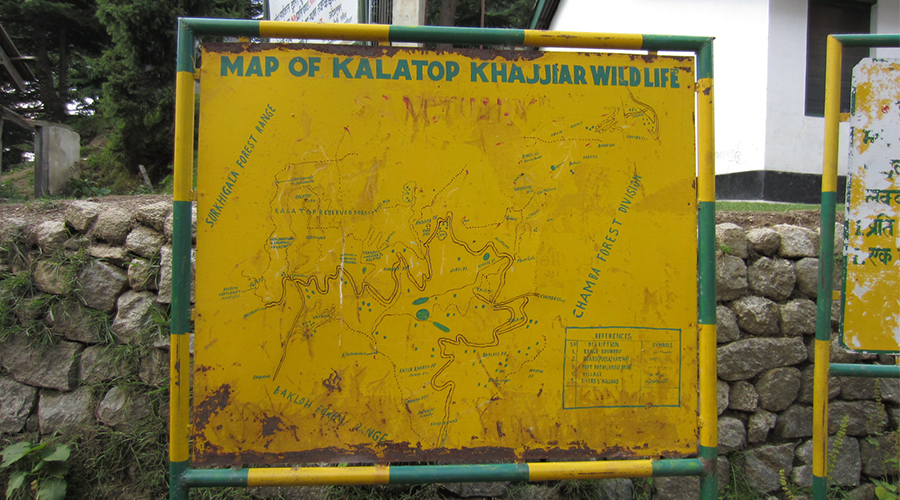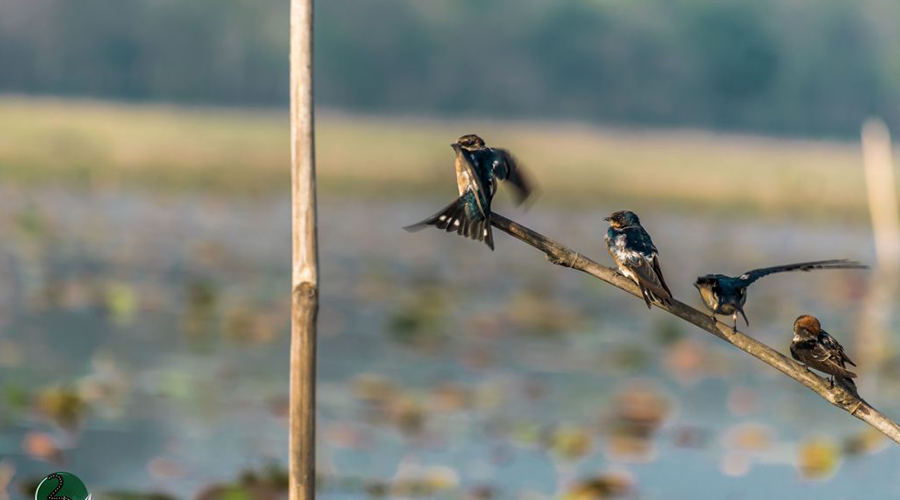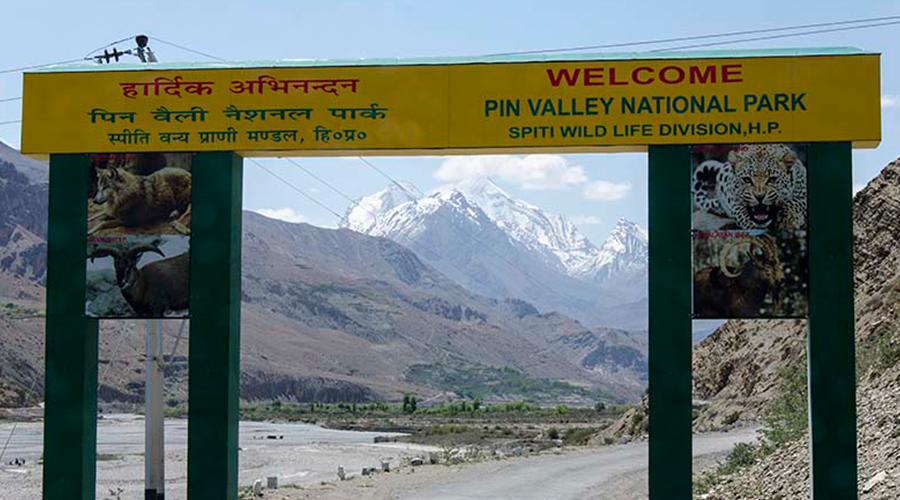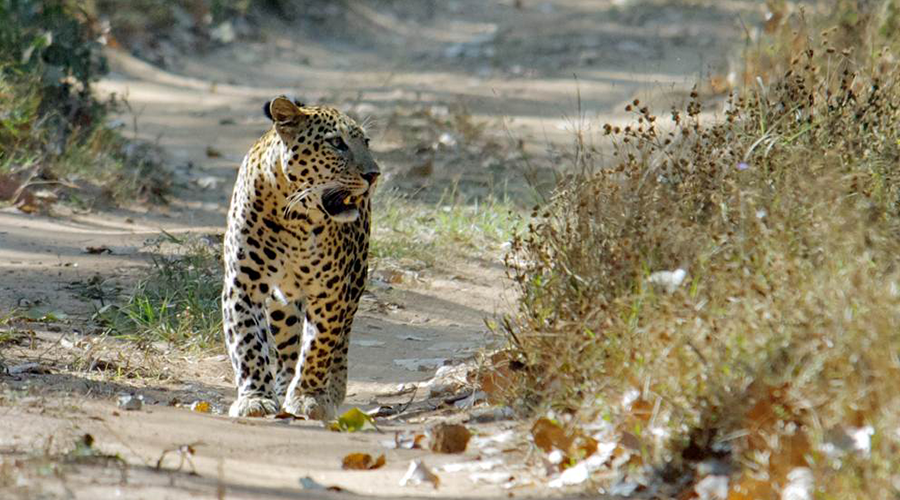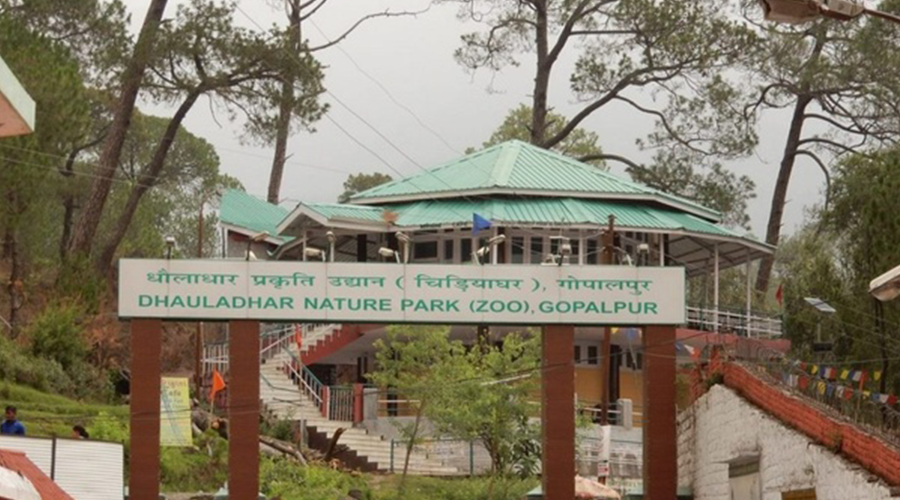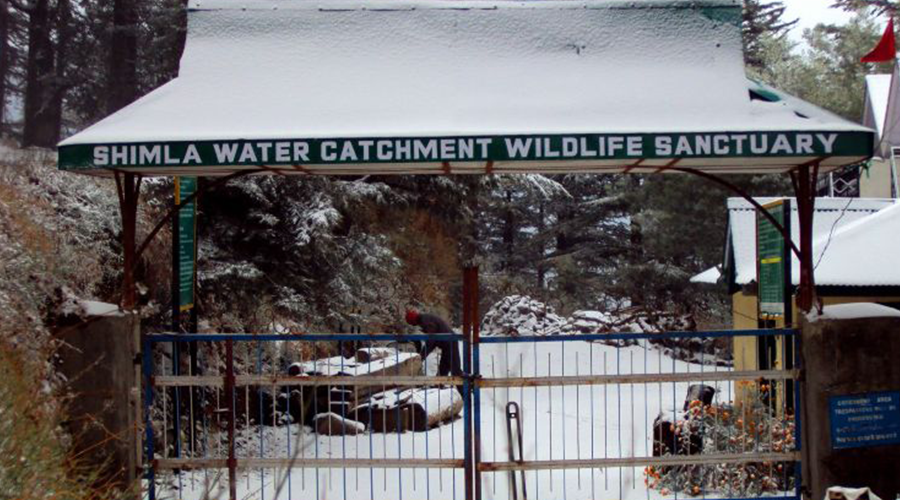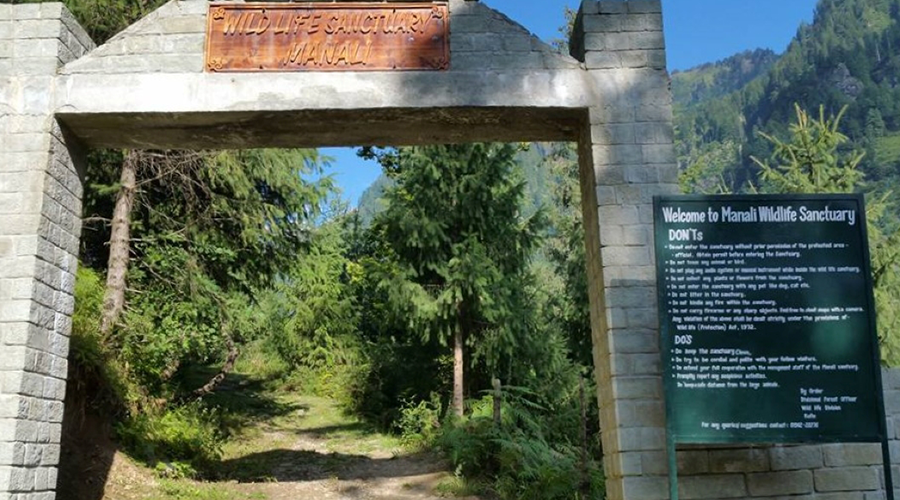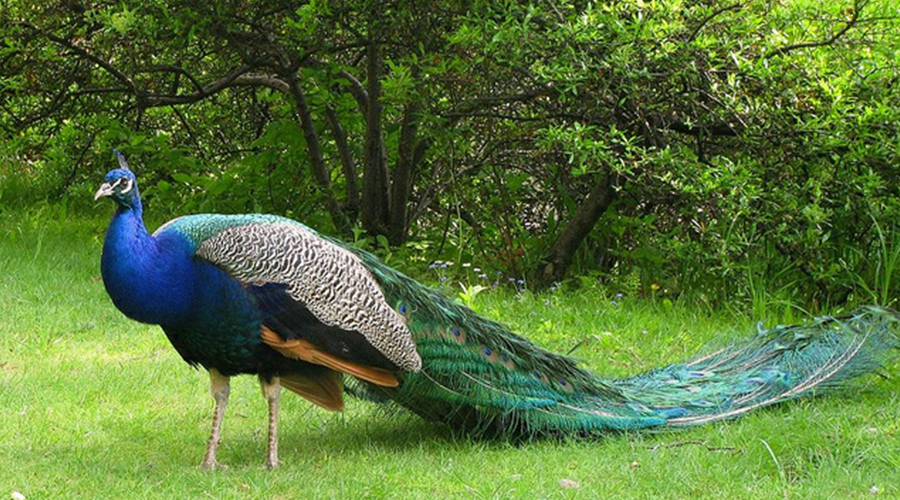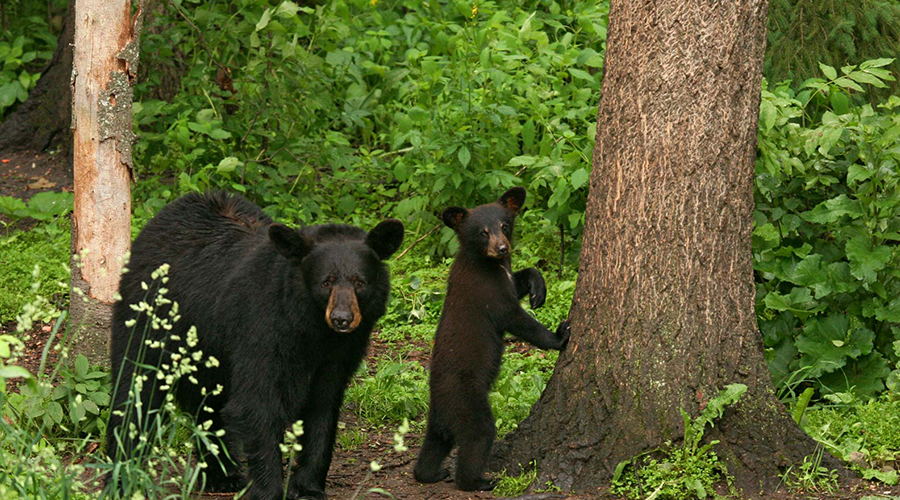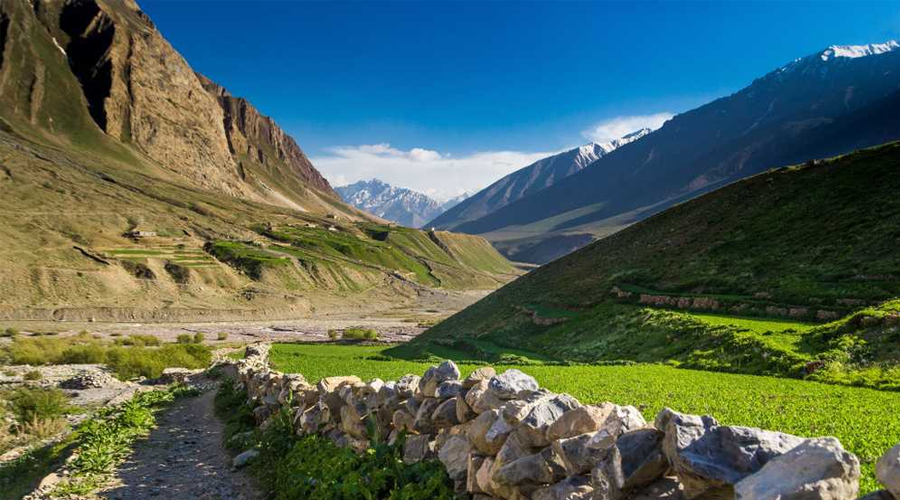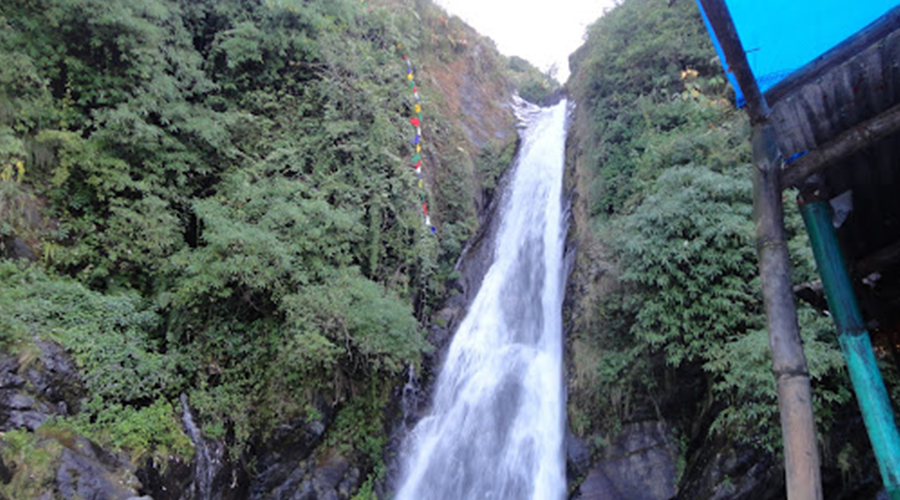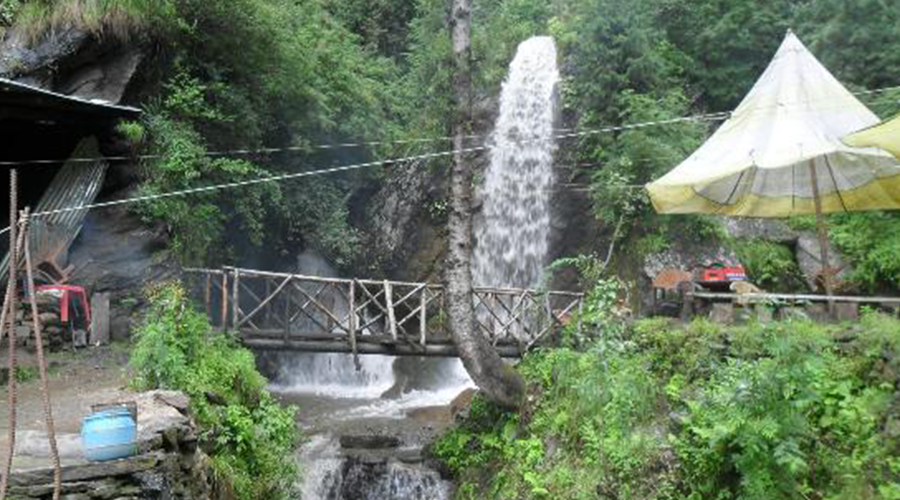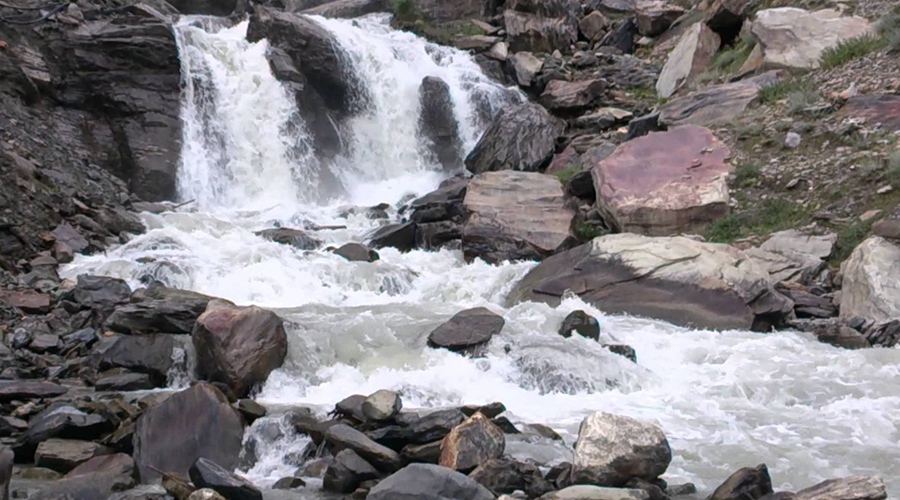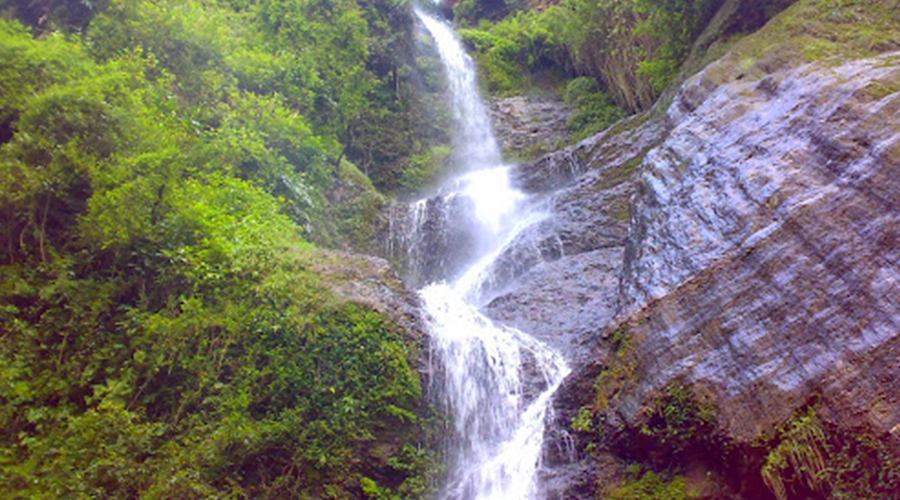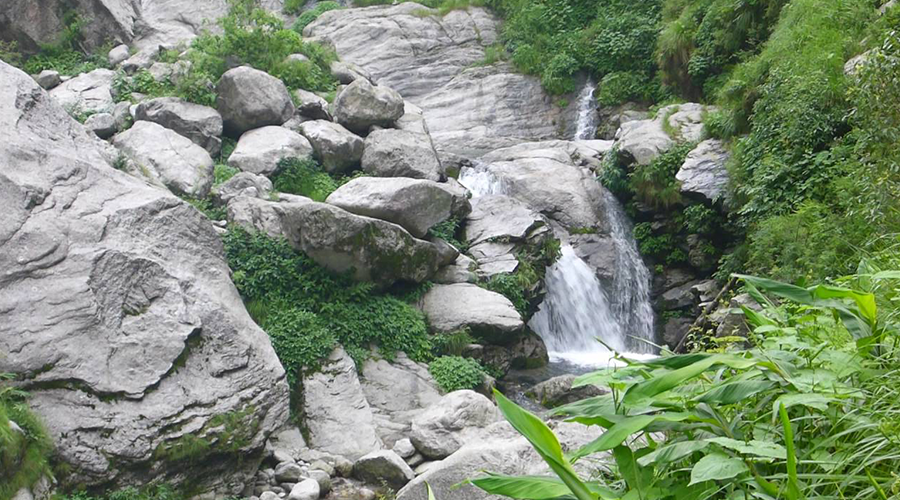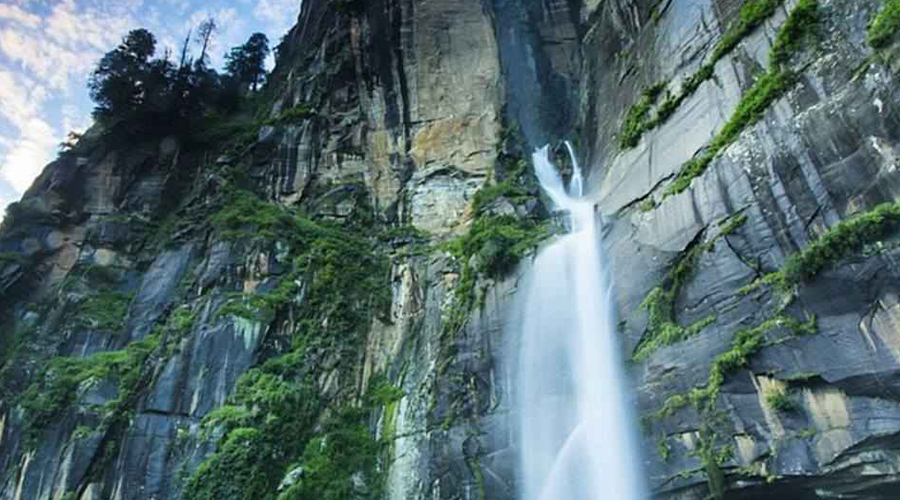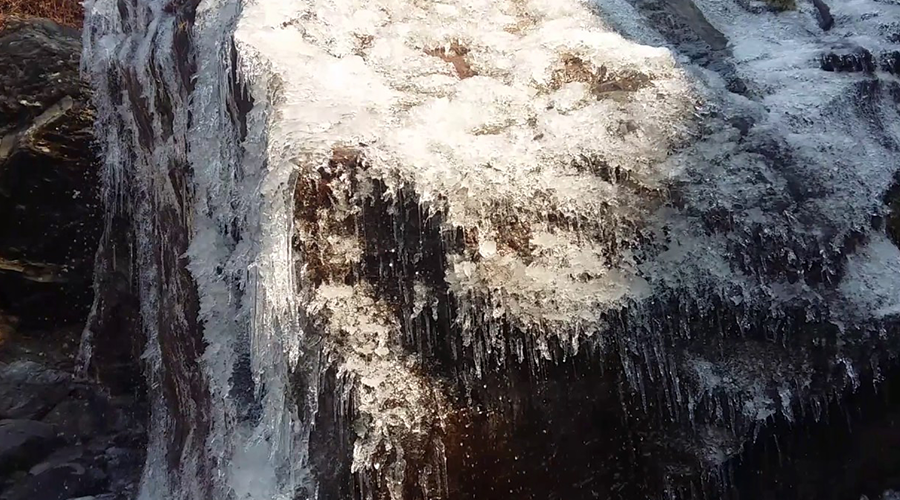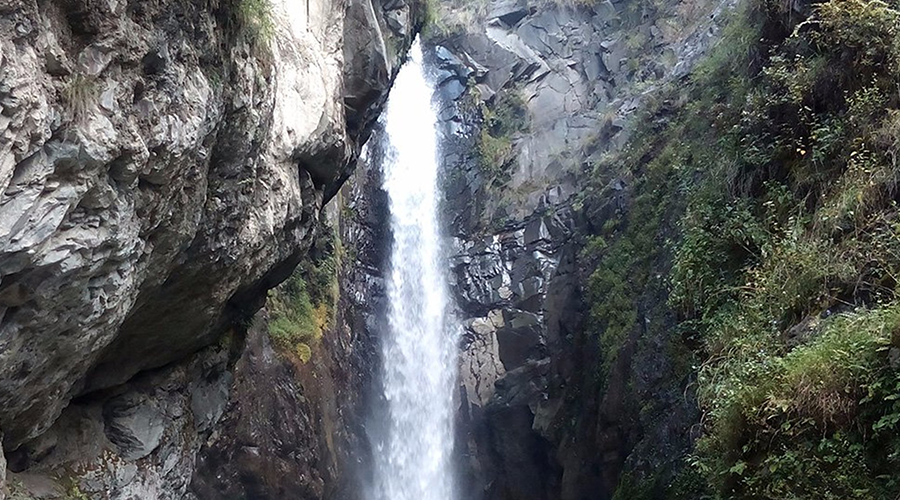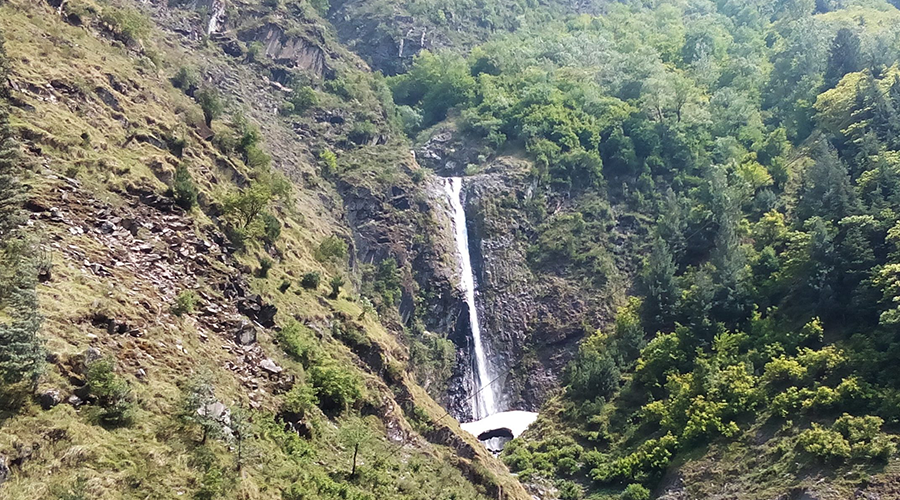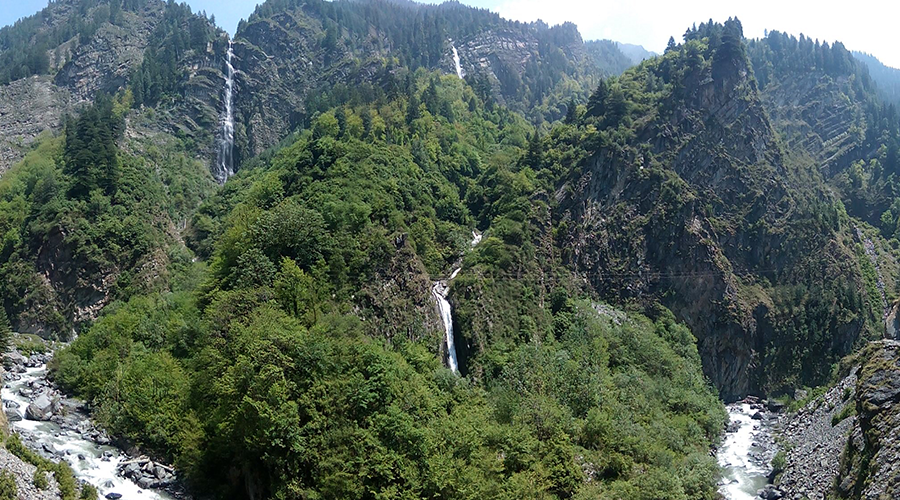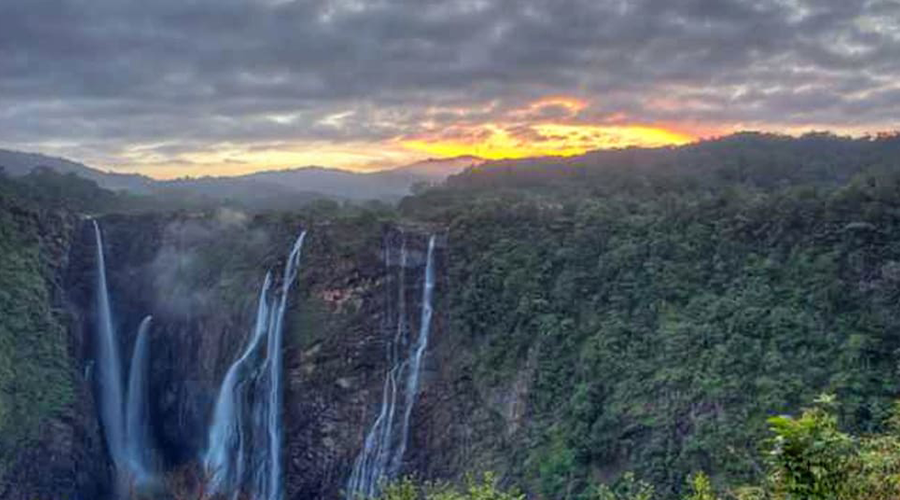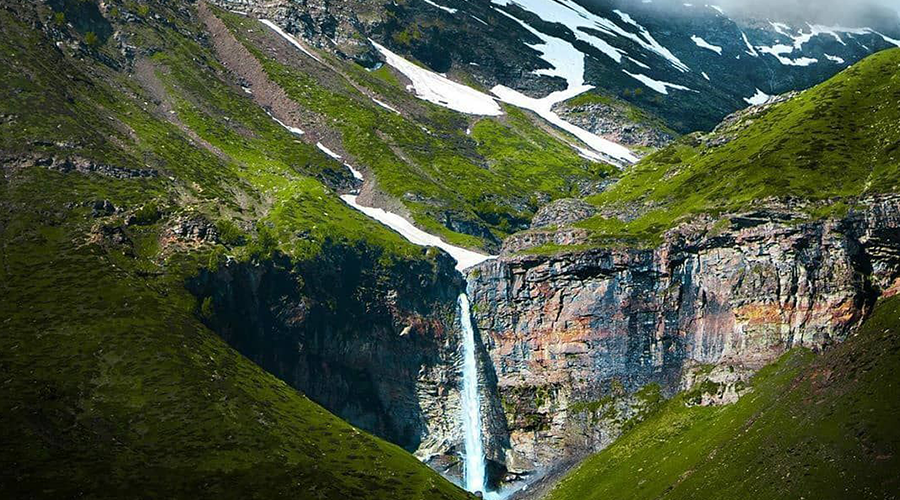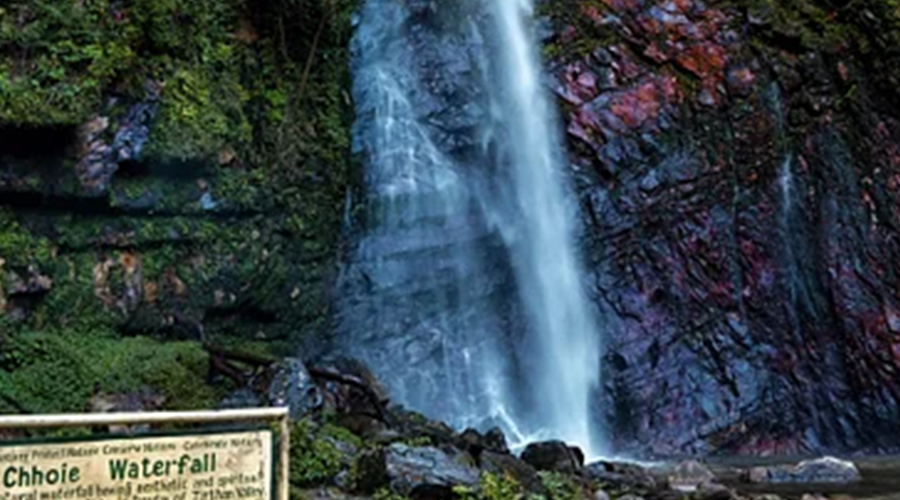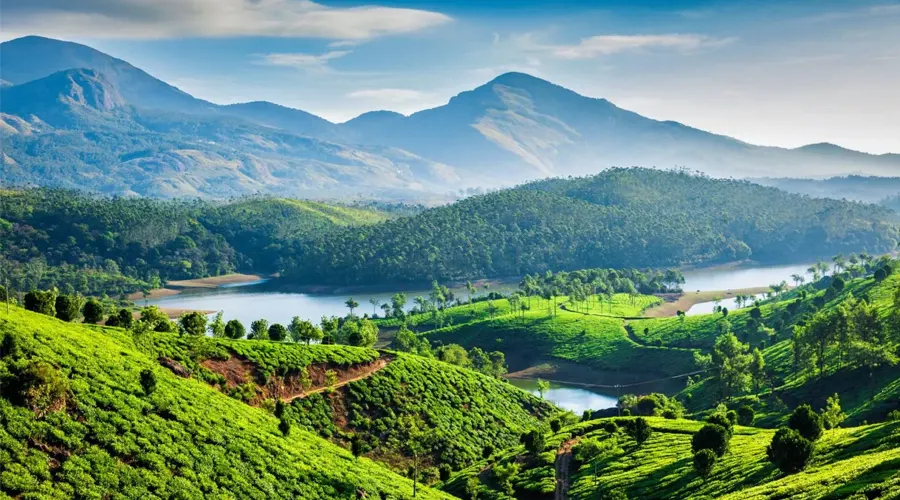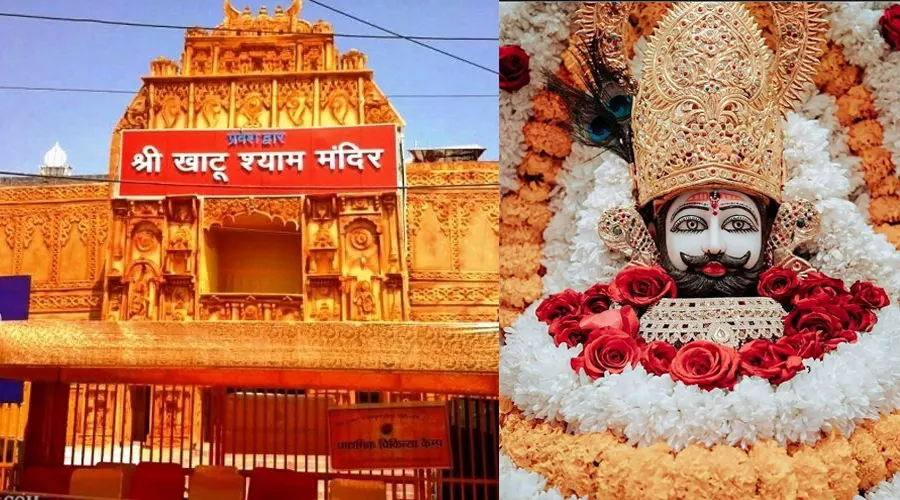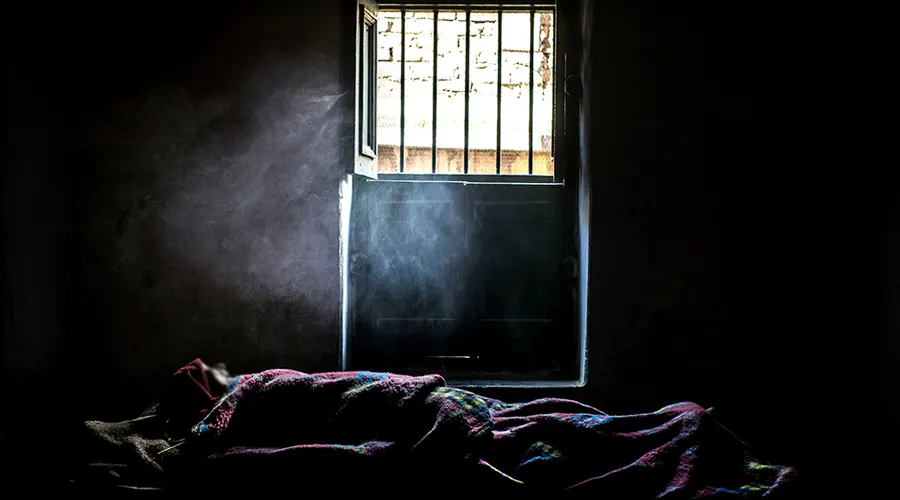Explore Himachal Pradesh Tourism: Land of Scenic Beauty, Culture, and Adventure
The hilly state in Northern India, Himachal Pradesh is a famous tourist state of India that lies in the lap of the western Himalayas. Nestling in the lap of nature, Himachal is endowed with dreamy valleys, emerald meadows, verdant forests, thickly wooded orchards, expansive pines, gushing rivers, mighty lakes, and snow-capped mountains. The capital city of Himachal Pradesh is Shimla which is famous as the summer capital of British India.
The harmony with which the diversity in the culture of the people of Himachal has proved once again that the Indian subcontinent has a “unity that absorbs diversity”.
History of Himachal Pradesh
Himachal Pradesh was inhabited since the aurora of civilization. Indus Valley civilization was the first to set its foot on the hills of Himachal Pradesh between 2250 and 1750 BC. This was followed by Mongoloids and then Aryans. Then flourished the era of dynasties, Chandragupta with his prowess took control of the republics of Himachal, and his grandson Ashoka extended his boundaries to the Himalayan region. Thakurs and Ranas reigned in the hilly terrain for a brief period until Harsha rose to power in the early 7th century.
After his death in 647 AD, many Rajput rulers fought amongst themselves, few moved to Rajasthan while defeated ones ascended to Himachal. Mughals reinstated their hold at the beginning of the 10th century with the entry of Mahmud Ghaznavi who first conquered Kangra. Timur and Sikander Lodi made their way to Himachal through the lower hills and fought many battles and took charge of several forts.
With the downfall of the Mughal dynasty, the Katoch rulers of Kangra grew up to prominence and Kangra regained independence status under Maharaja Sansar Chand who ruled for nearly half a century. Under the leadership of Amar Singh Thapa, Gorkhas from Nepal began to expand their territory and took over Sirmour and Shimla. After defeating Sansar Chand in 1806 they finally captured Kangra, however, they failed to capture Kangra Fort and in 1806 Maharaja Ranjeet Singh took charge of the fort. By 1858, the region came under the British Crown.
Then began the independence movement with the Mandi conspiracy in 1914-15 and the Pajhota agitation in 1942. Post-independence Himachal Pradesh was declared a Union Territory and later hill areas of Punjab were merged into Himachal. The State of Himachal Pradesh Act was passed by Parliament on 18th December 1970 and on 25th January 1971 Himachal Pradesh was listed as the eighteenth state of India.
Tourism in Himachal Pradesh: A Paradise for Nature and Adventure Lover
Top tourist destinations in Himachal Pradesh include Shimla, the colonial-era hill station; Manali, known for its adventure sports and scenic beauty; Dharamshala, home to Tibetan culture and the Dalai Lama; Kasauli, a quiet cantonment town; Dalhousie and Khajjiar, famed for their European charm and lush meadows; Kullu, popular for festivals and rafting; Chamba, rich in history and temples; and the stunning Spiti Valley, a cold desert with breathtaking monasteries and landscapes.
- Shimla – Colonial hill station with beautiful landscapes.
- Manali – Famous for adventure sports and scenic beauty.
- Dharamshala – Tibetan culture and Dalai Lama's residence.
- Kasauli – Peaceful cantonment town with panoramic views.
- Dalhousie – European charm and lush meadows.
- Khajjiar – Known as the 'Mini Switzerland of India.'
- Kullu – Famous for rafting and festivals.
- Chamba – Historical sites and temples.
- Spiti Valley – Cold desert with monasteries and scenic beauty.
Major Attractions of Himachal Pradesh: Explore the Best Places to Visit
- Temples: Jwalamukhi, Chamunda Devi, Lakshmi Narayan
- Forts: Kangra Fort, Sujanpur Fort
- Parks: Great Himalayan National Park, Pin Valley
- Monasteries: Namgyal Monastery (Dharamshala)
- Zoological Parks: Rewalsar and Gopalpur Zoos
Culture and People of Himachal Pradesh: Traditions, Lifestyle, and Diversity
The diverse culture of Himachal blends Hindu traditions with Tibetan Buddhist influences, especially in regions like Lahaul, Spiti, and Kinnaur. Communities include Brahmins, Rajputs, Gaddis, Gujjars, and Kinners. The people of Himachal Pradesh are widely admired for their warmth, generosity, and deep-rooted faith, which has earned the region the reverent title of 'Dev Bhumi' or the Land of Gods.
Art & Handicrafts
Himachal is a haven for traditional handicrafts—Pahari paintings, Chamba handkerchiefs, Thangkas, Kullu shawls, and woodwork. You’ll find beautiful Chamba chappals, metal Mohra idols, and Tibetan artifacts in markets of Manali, Shimla, and McLeodganj.
Cuisine of Himachal Pradesh: Traditional Flavors and Famous Dishes
Himachali cuisine is hearty, using fresh vegetables, meats, and spices. Famous dishes include:
- Dham – traditional festive thali
- Siddu – wheat bread with stuffing
- Chana Madra – chickpeas in yogurt gravy
- Tudkiya Bhath – spiced rice
- Bhey – lotus stem curry
- Popular sweets – Mittha, Nasasta
- Top beverages – Salted tea, buttermilk-based drinks
Language & Occupation
Hindi and Pahari are widely spoken. Local dialects include Kangri, Kulvi, Kinnauri, and more. While agriculture remains the main occupation, tourism and services are growing fast.
Festivals and Fairs of Himachal Pradesh: Celebrating Culture and Tradition
Himachal’s festivals are colorful and spiritual:
- Kullu Dussehra
- Shivratri Mela (Mandi)
- Minjar Fair (Chamba)
- Lavi Trade Fair (Rampur)
- Fulaich Festival (Kinnaur)
These fairs showcase Himachali folk music, dance, and local crafts.
Music & Dance
Folk music and dance are integral to Himachal’s identity. Popular dance forms include:
- Nati (Kullu)
- Dangi (Chamba)
- Burah (Sirmour)
- Chuksam (Kinnaur)
- Shunto (Lahaul & Spiti)
Songs often revolve around harvests, love, and devotion.
Traditional Costumes of Himachal Pradesh: A Glimpse into Cultural Attire
Himachali attire is colorful and woolen.
- Men: Churidars, wool coats, and iconic Himachali caps
- Women: Long kurtas, ghaghris, shawls, and traditional silver jewelry
- Famous shawls: Pashmina, Angora, Kullu woolens

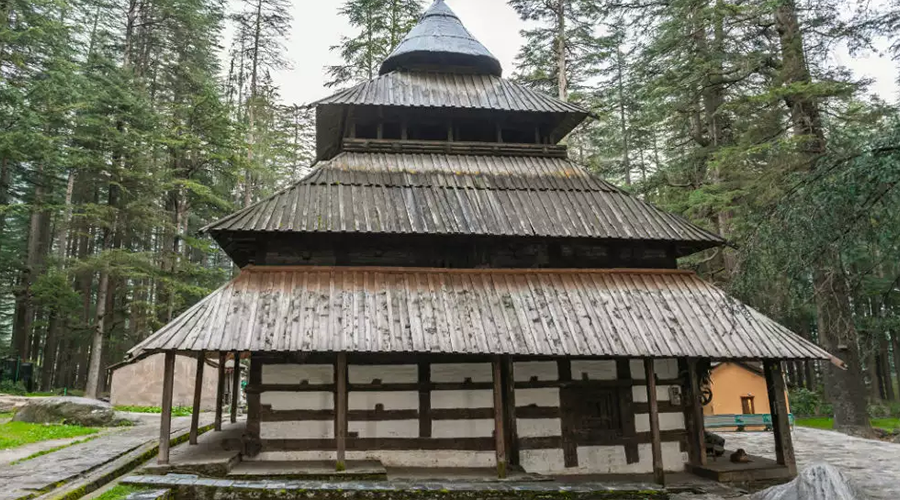
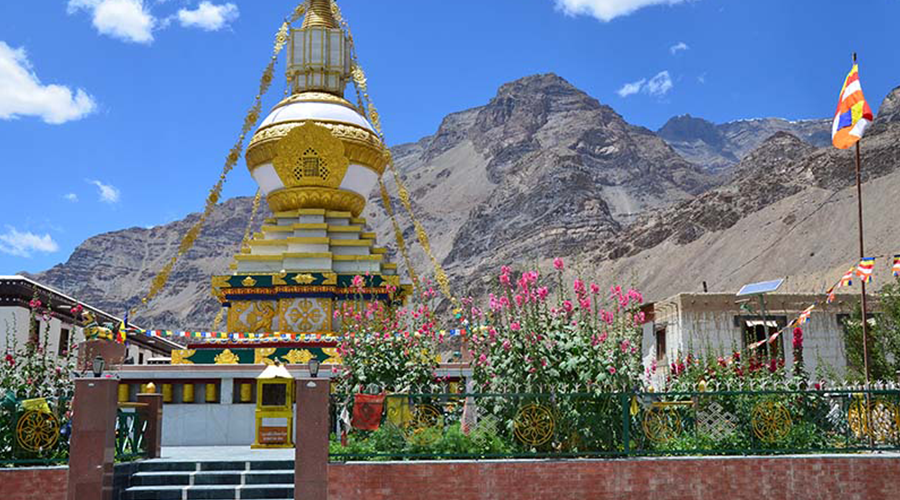
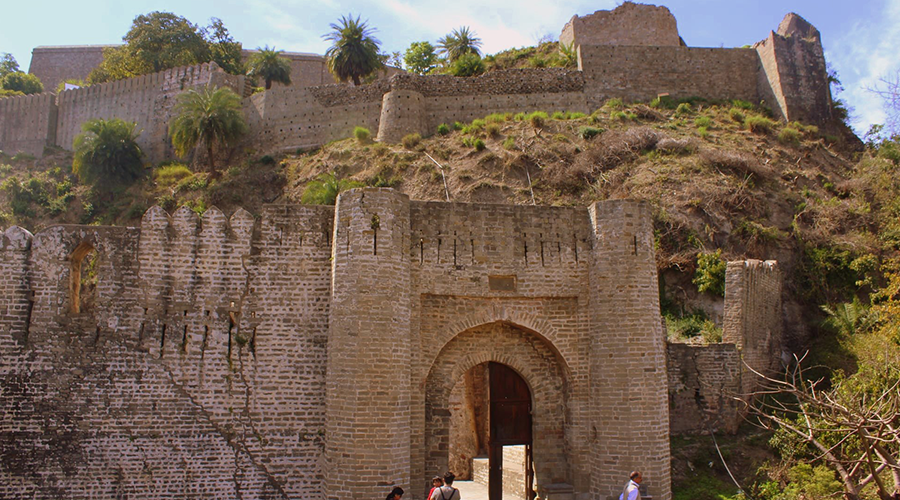
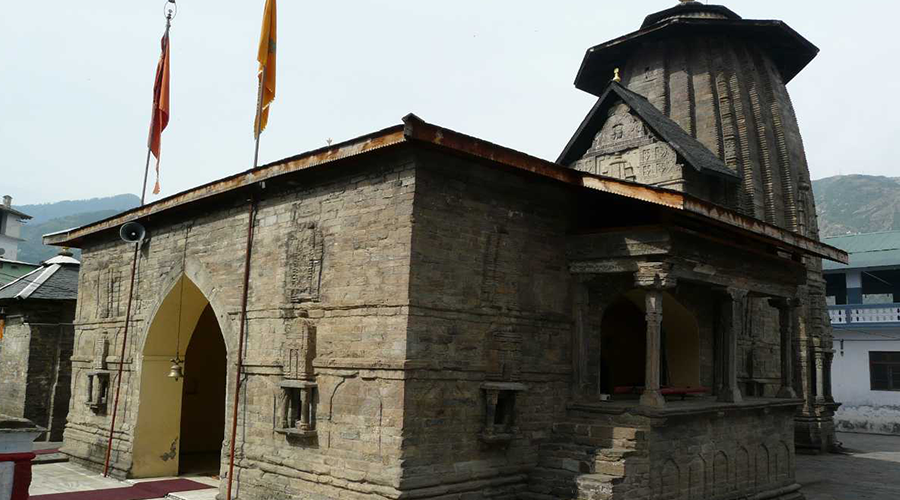
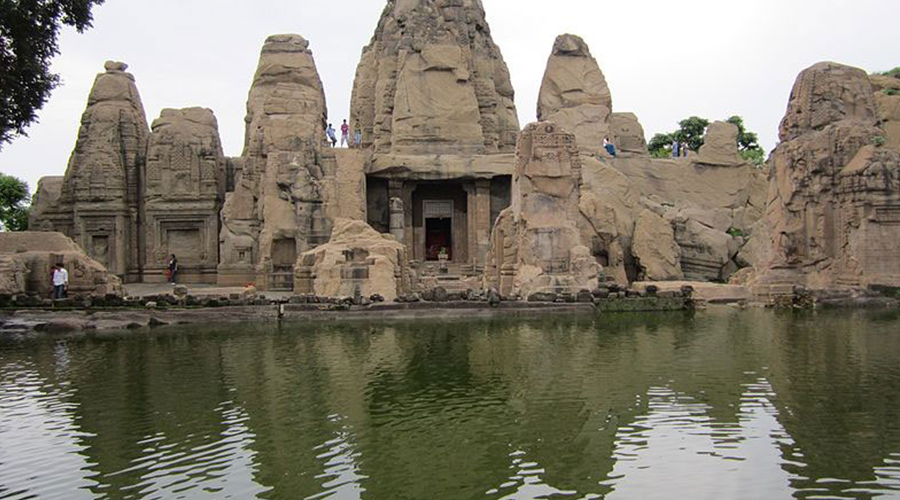
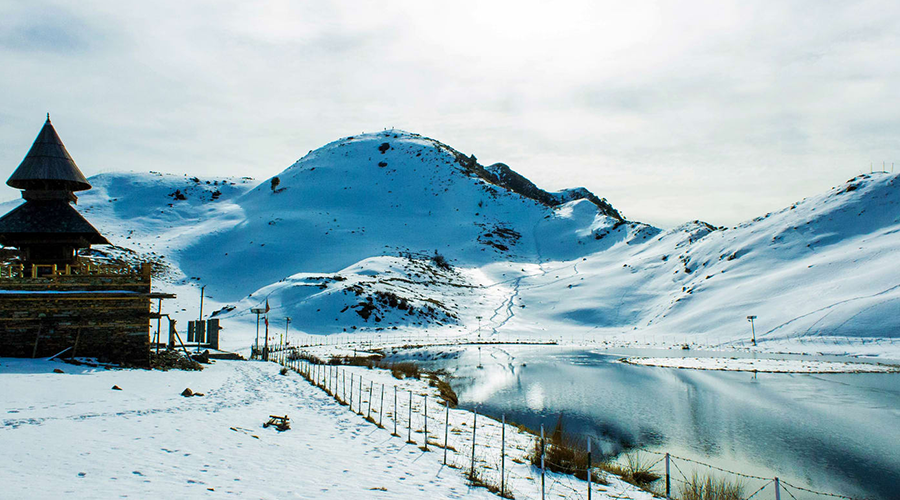
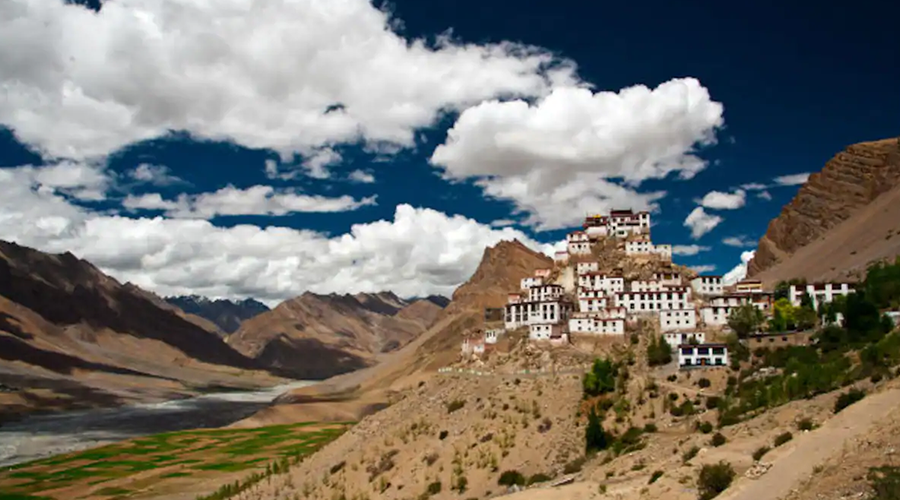
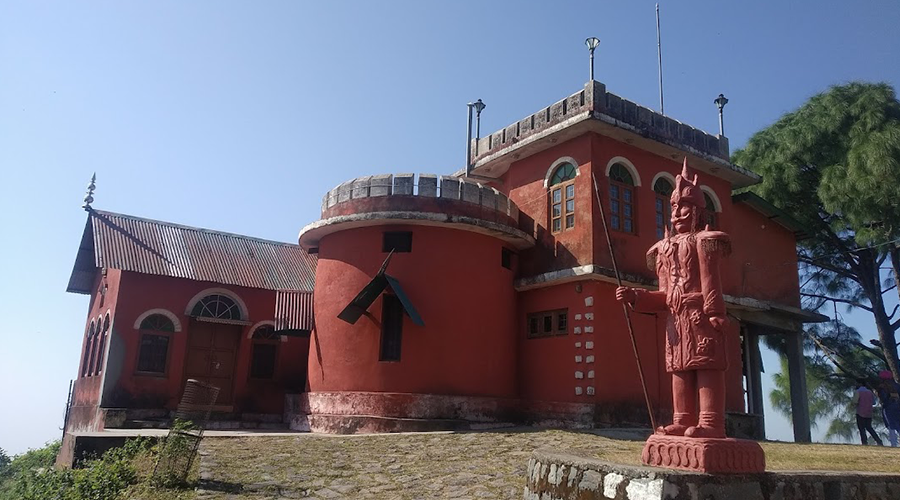
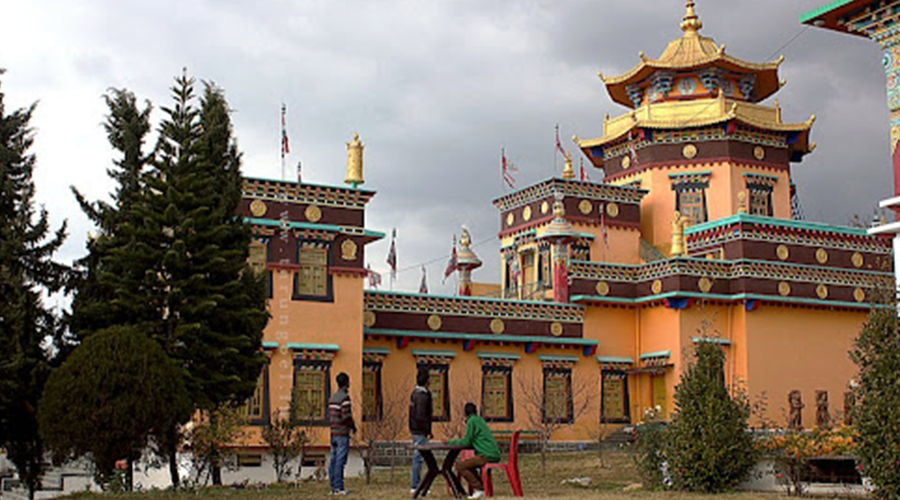
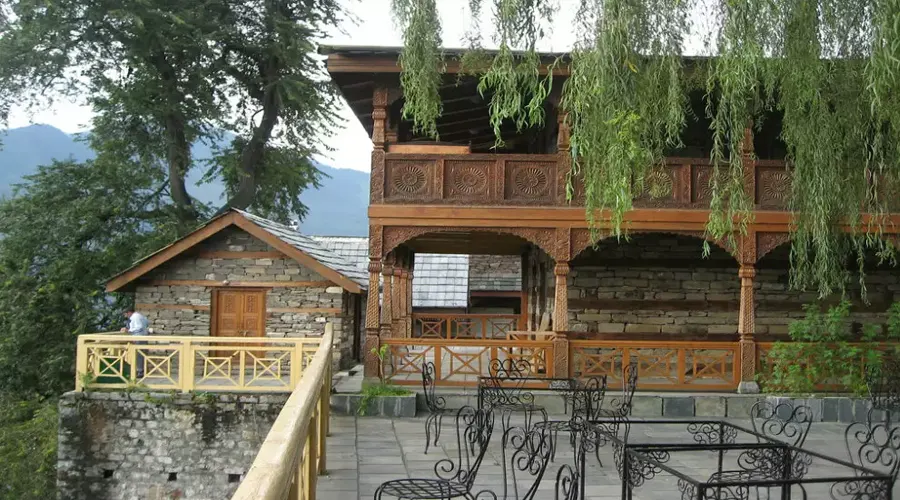
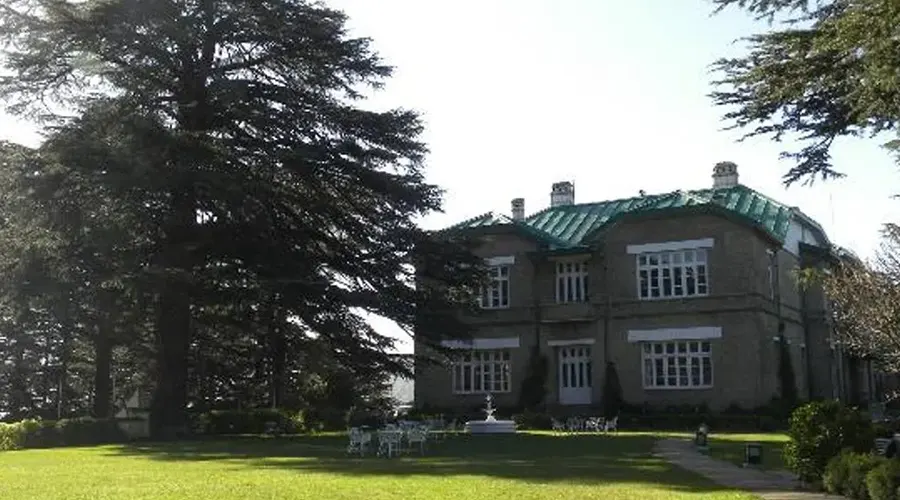
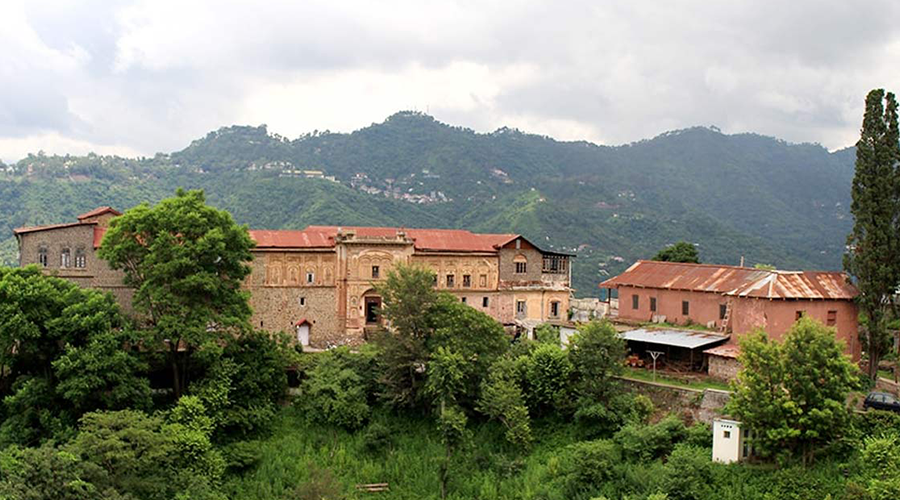
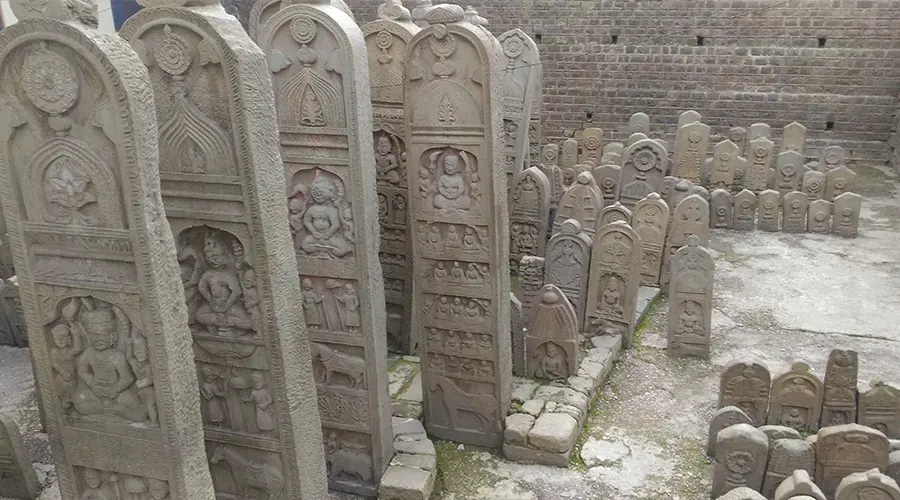
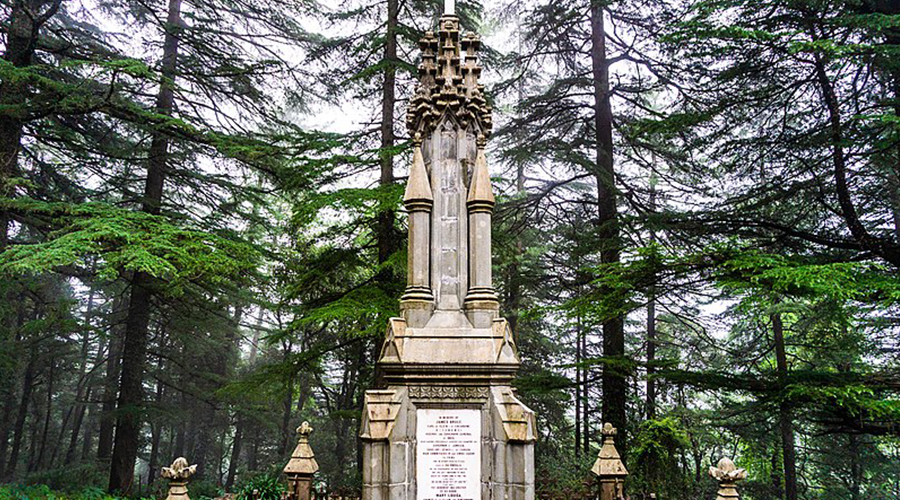
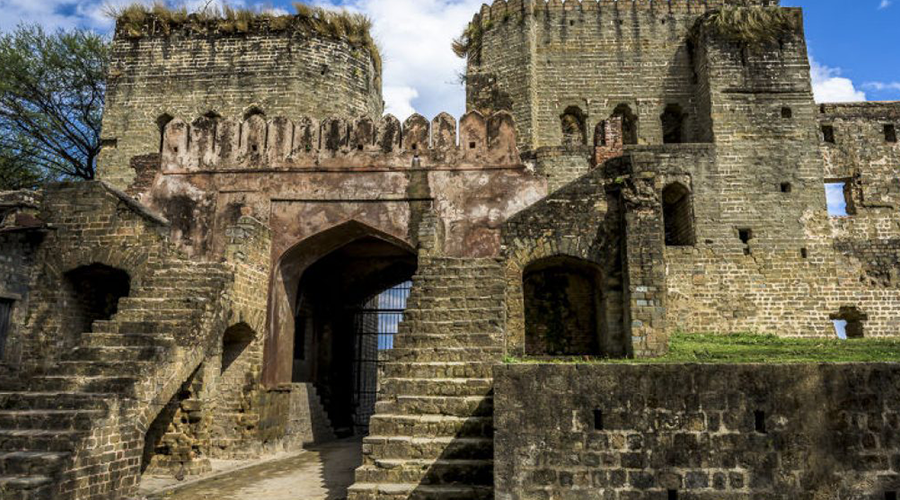
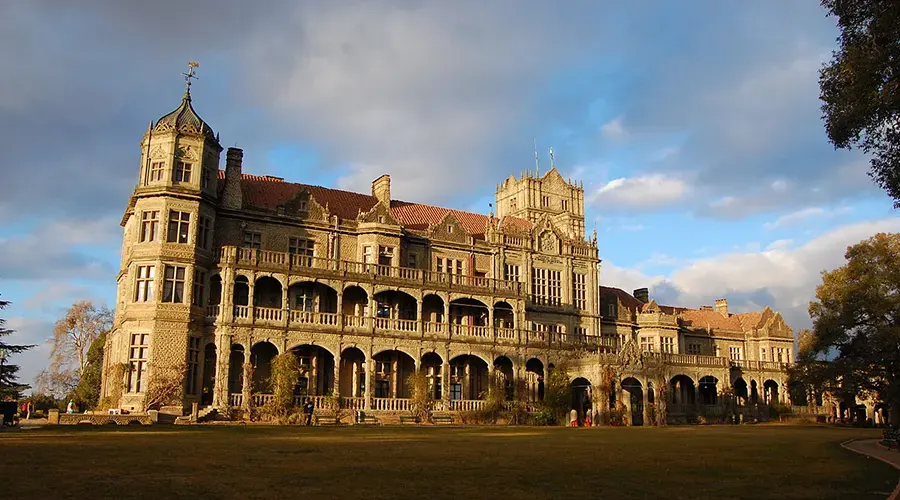
.webp)
